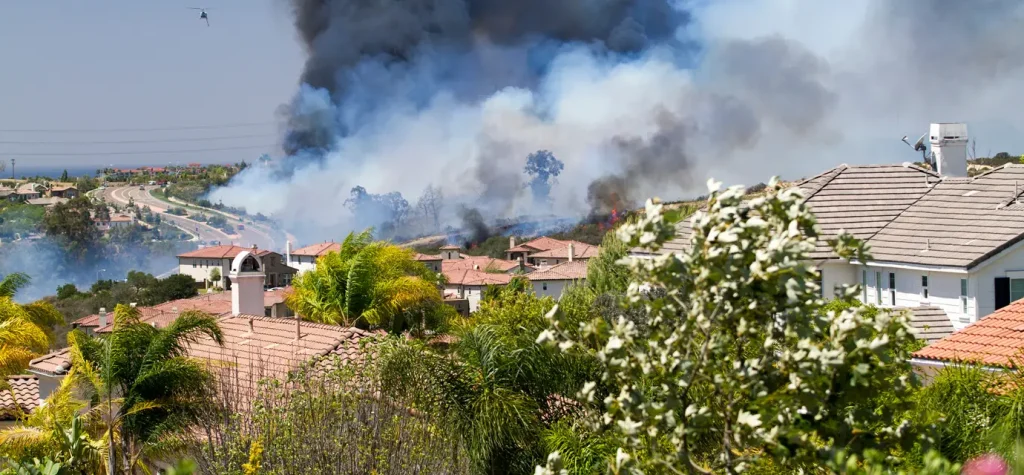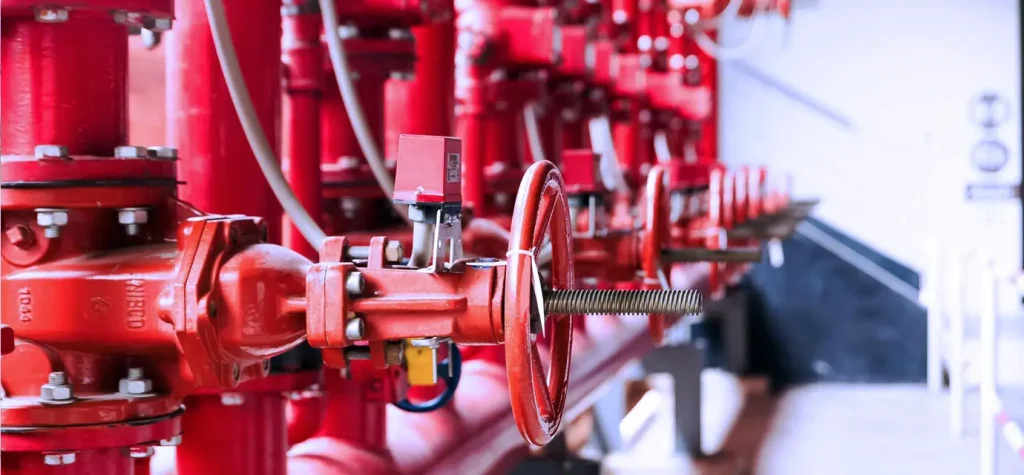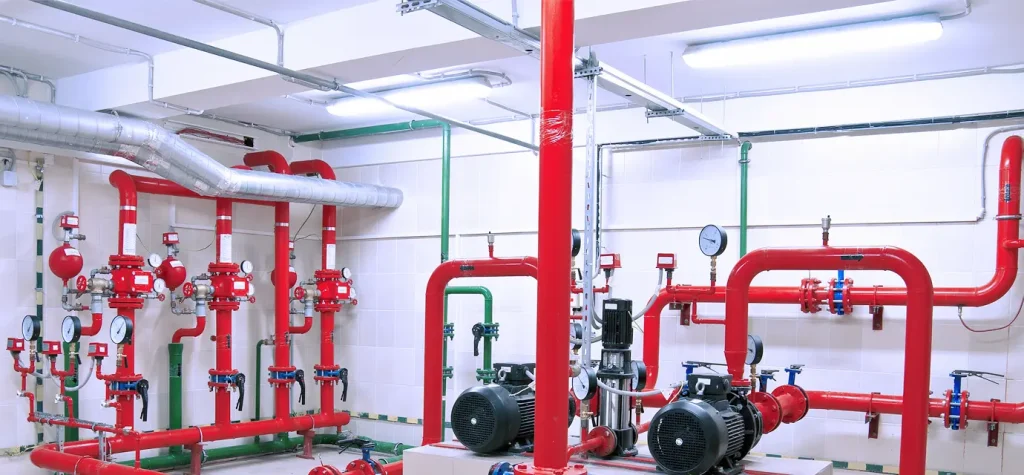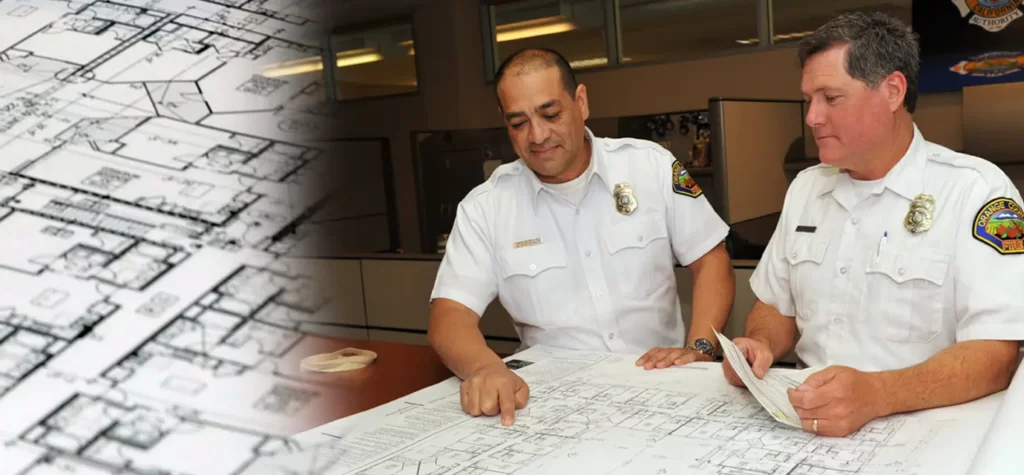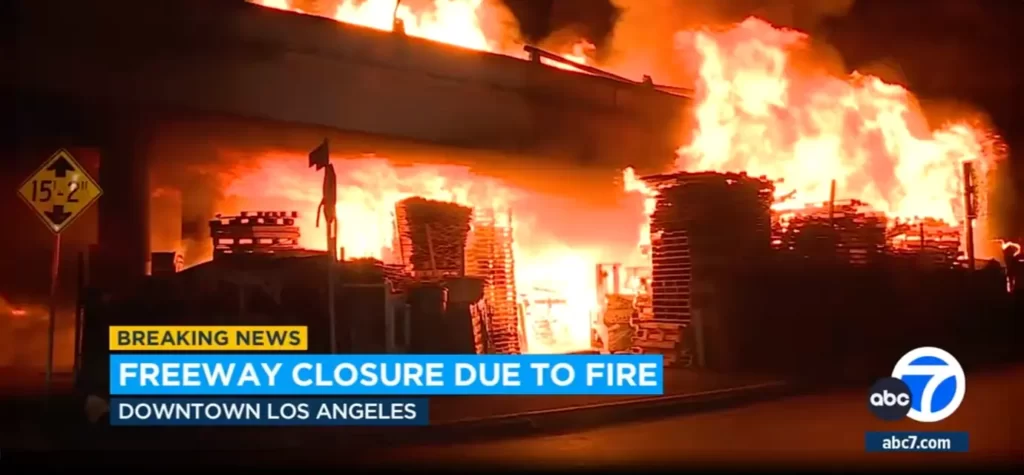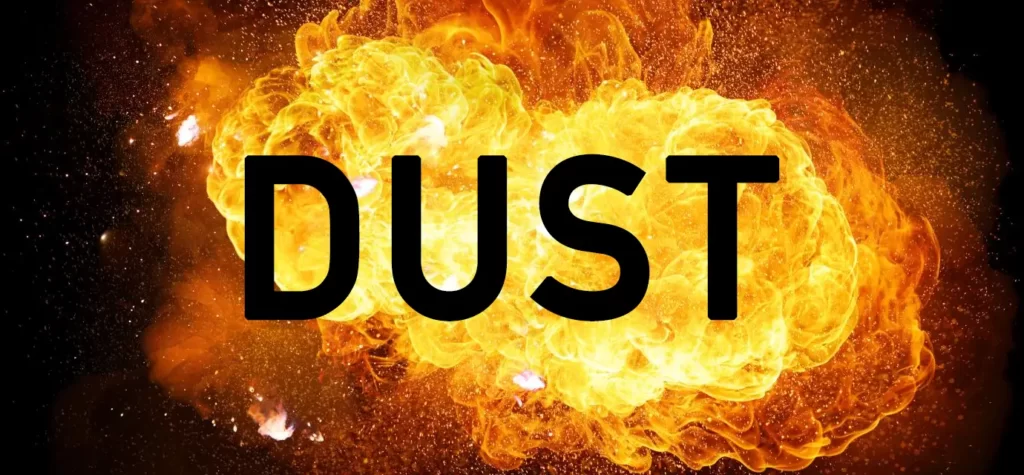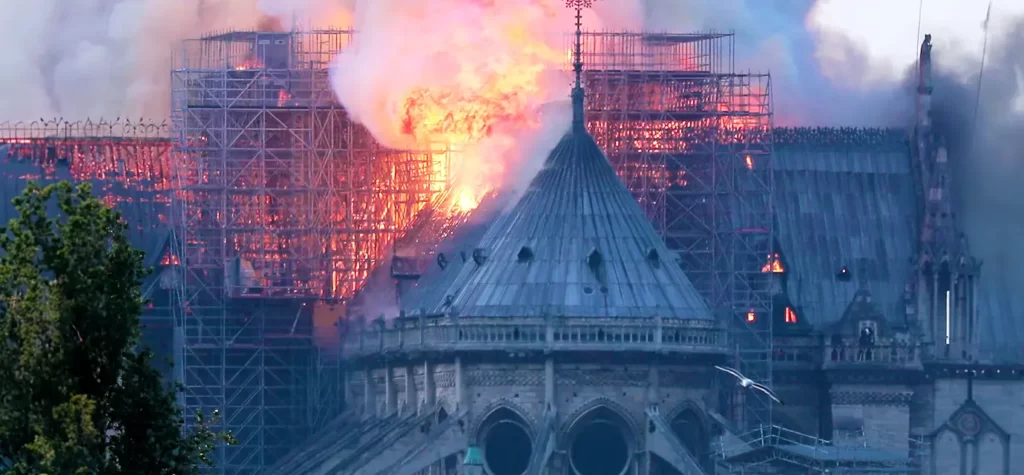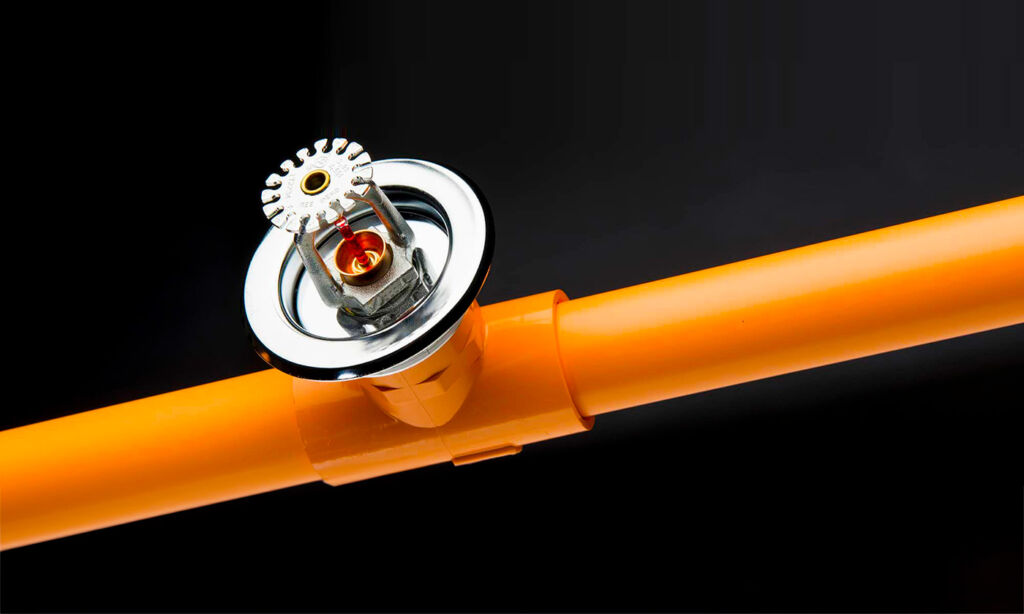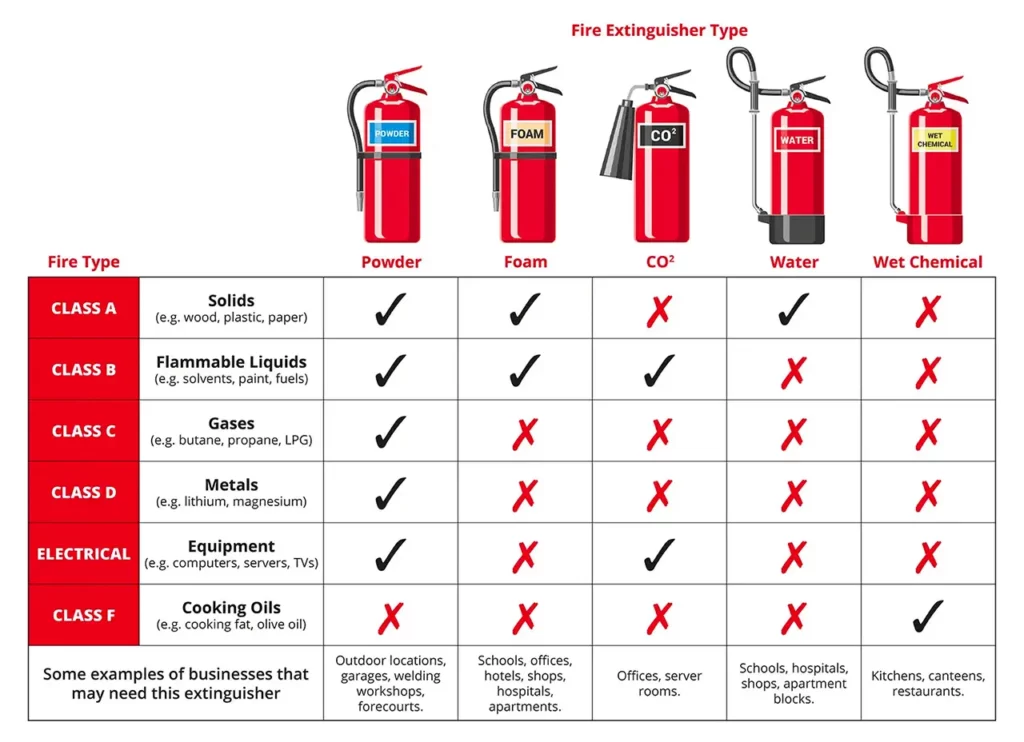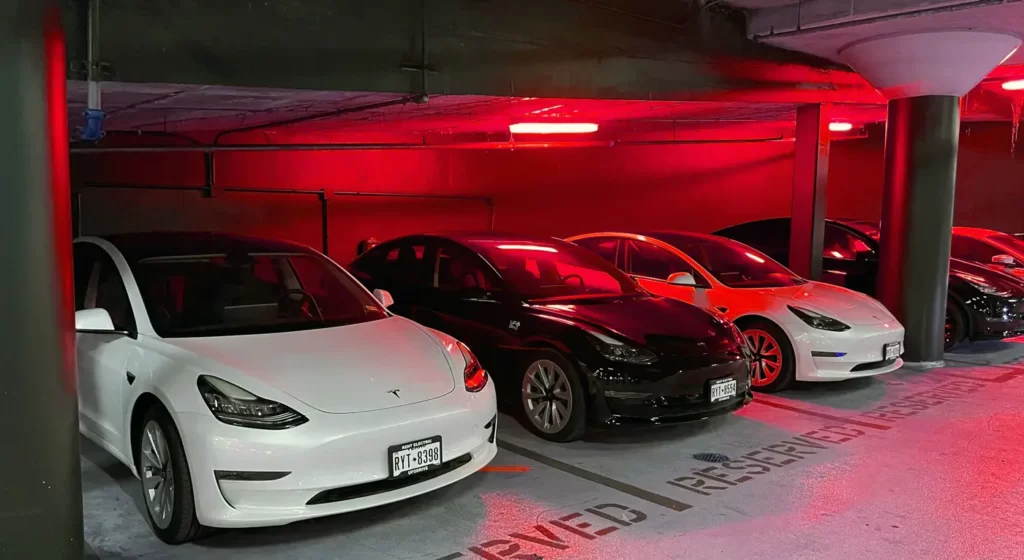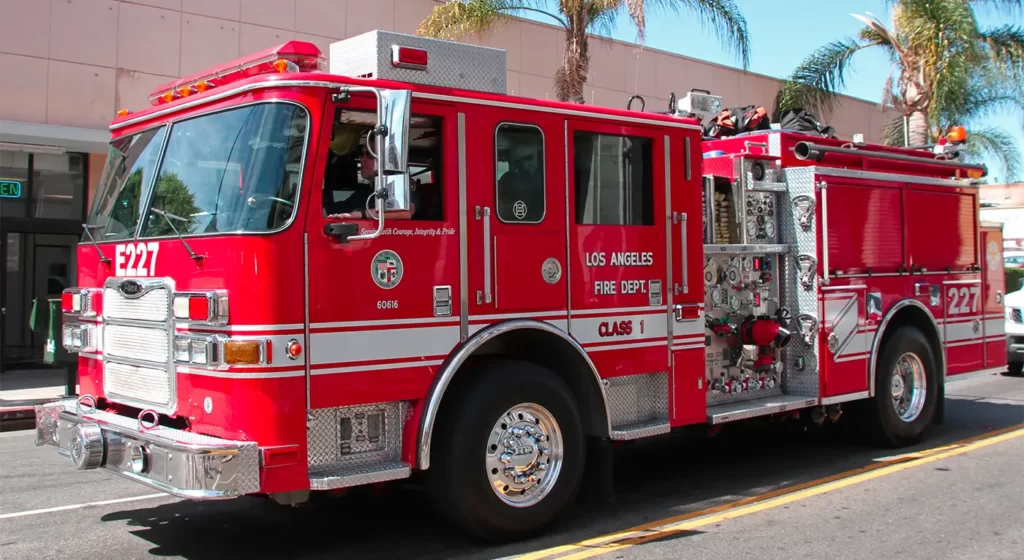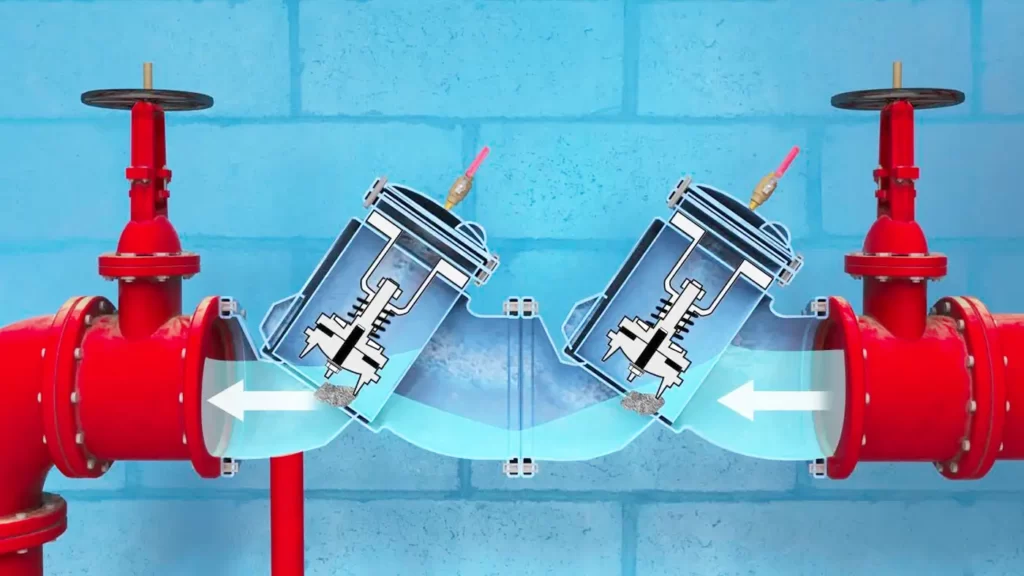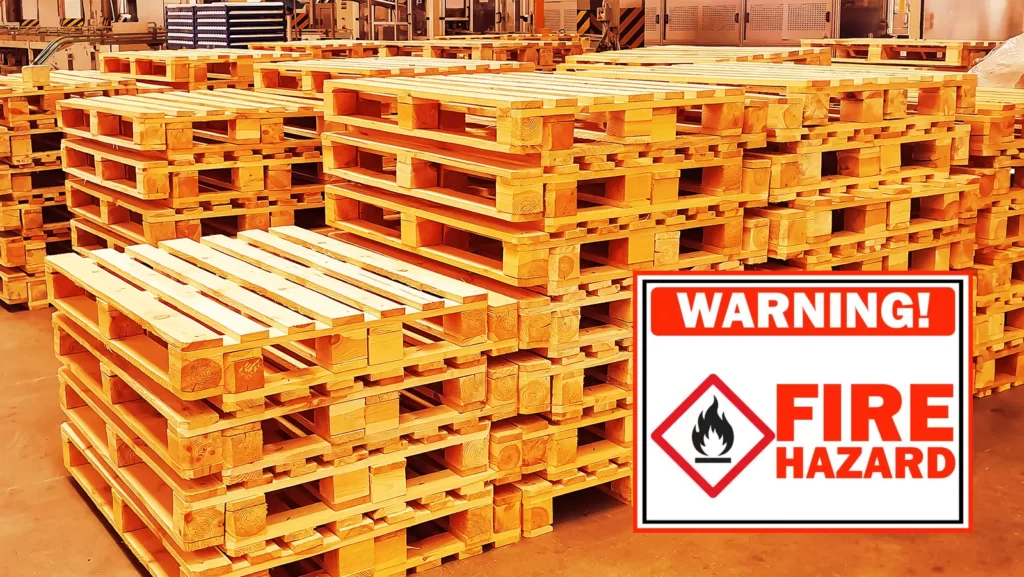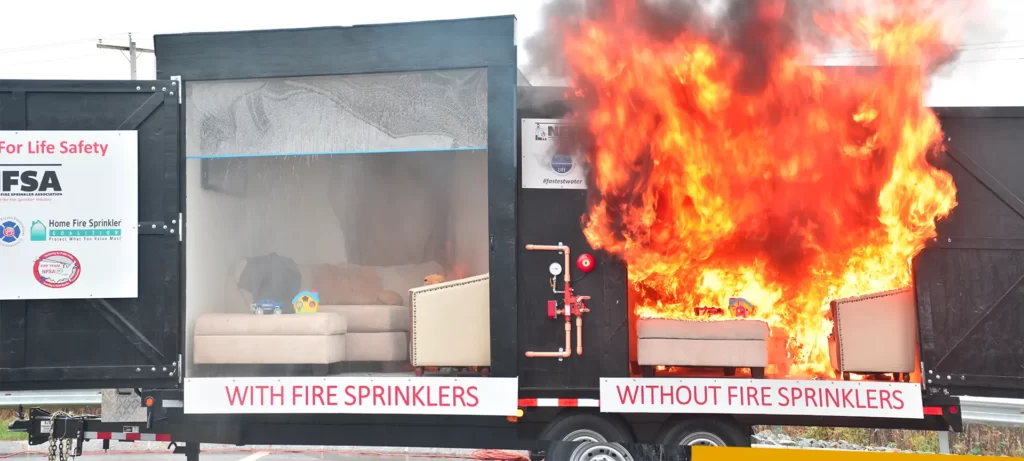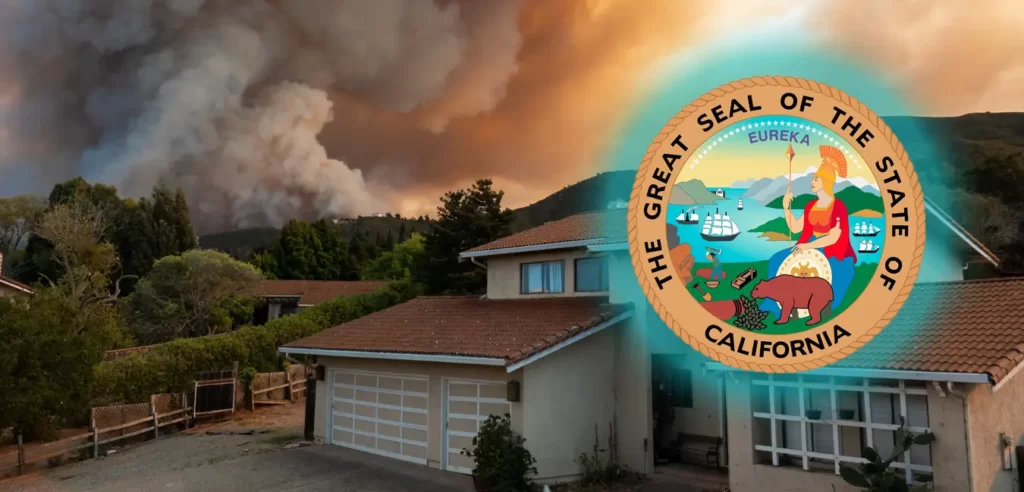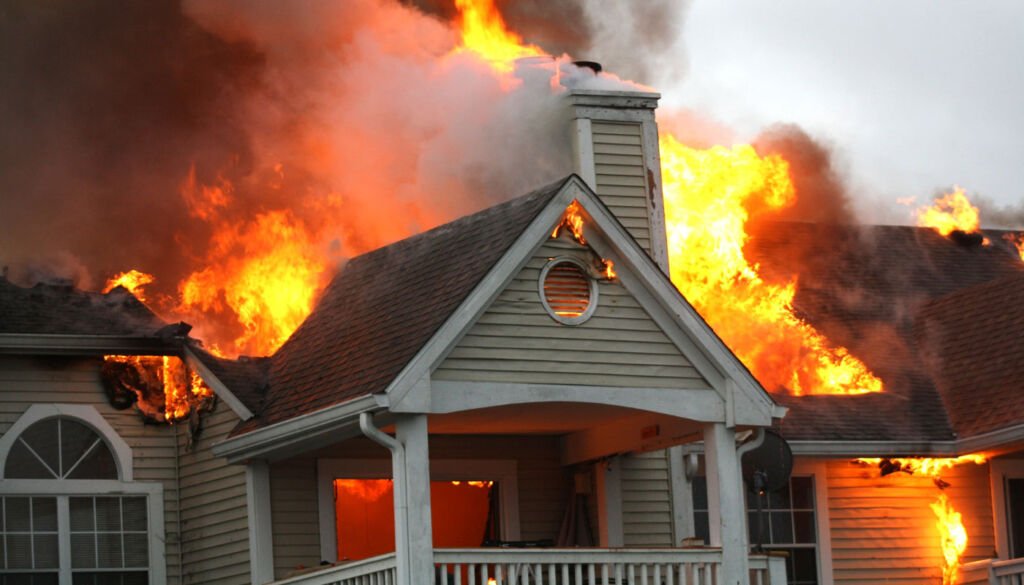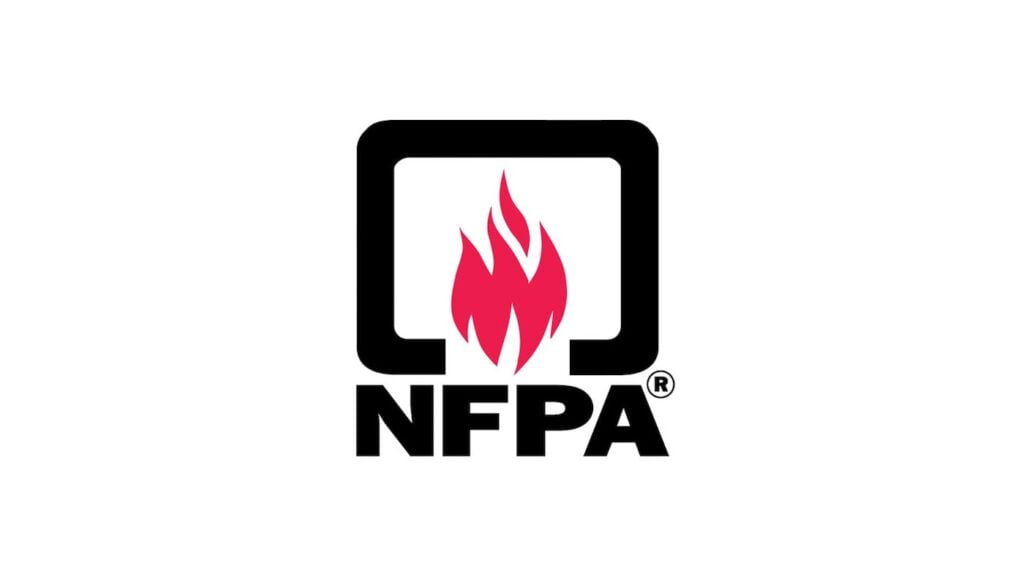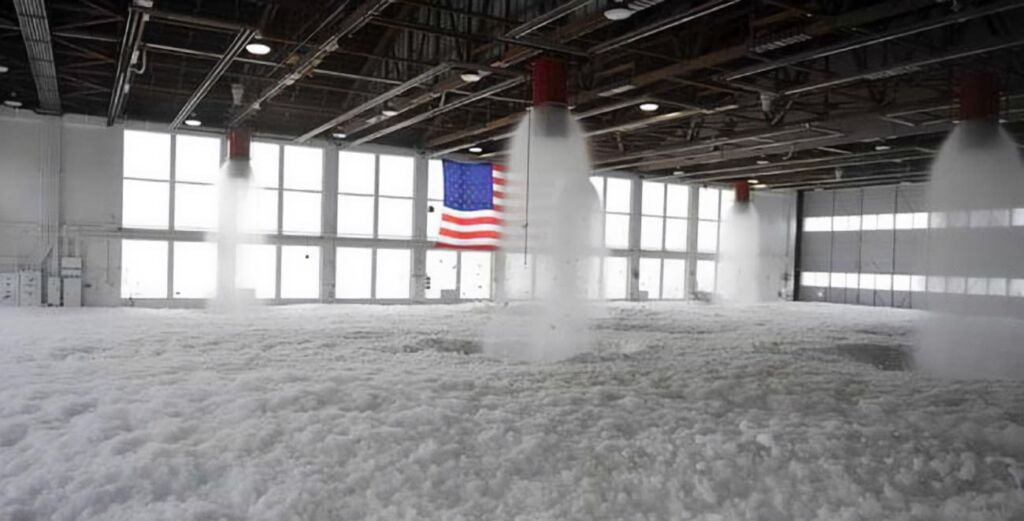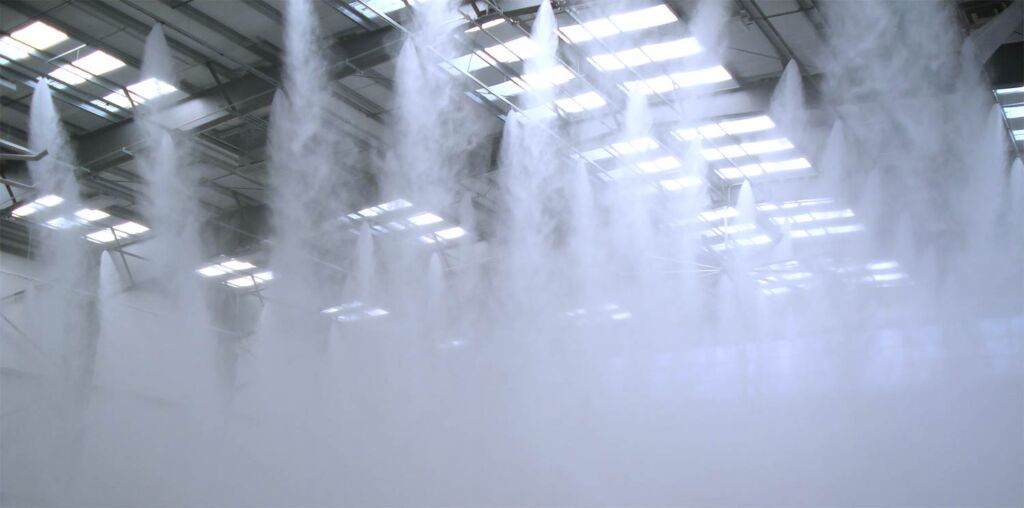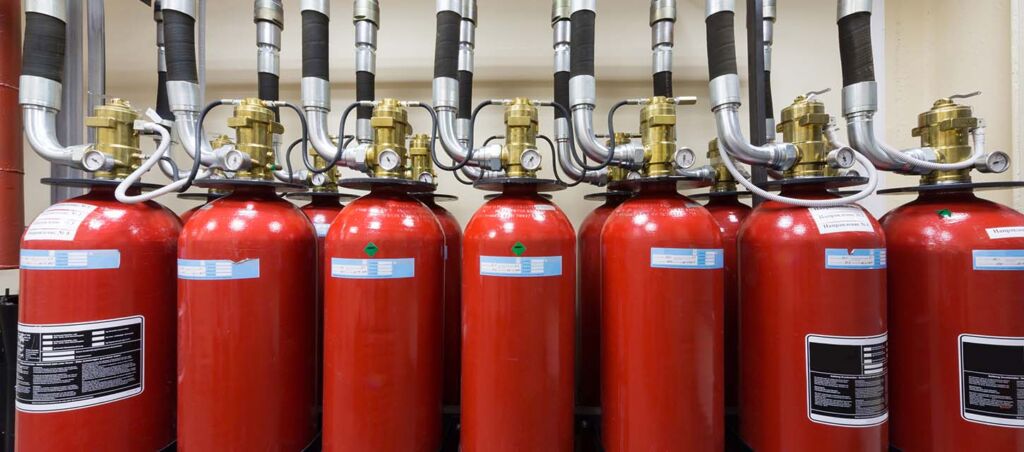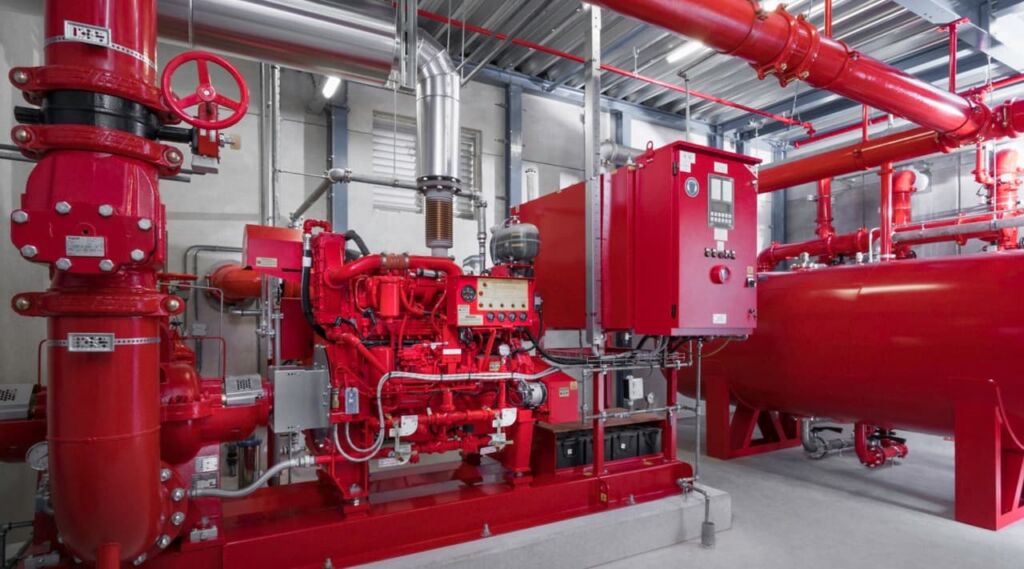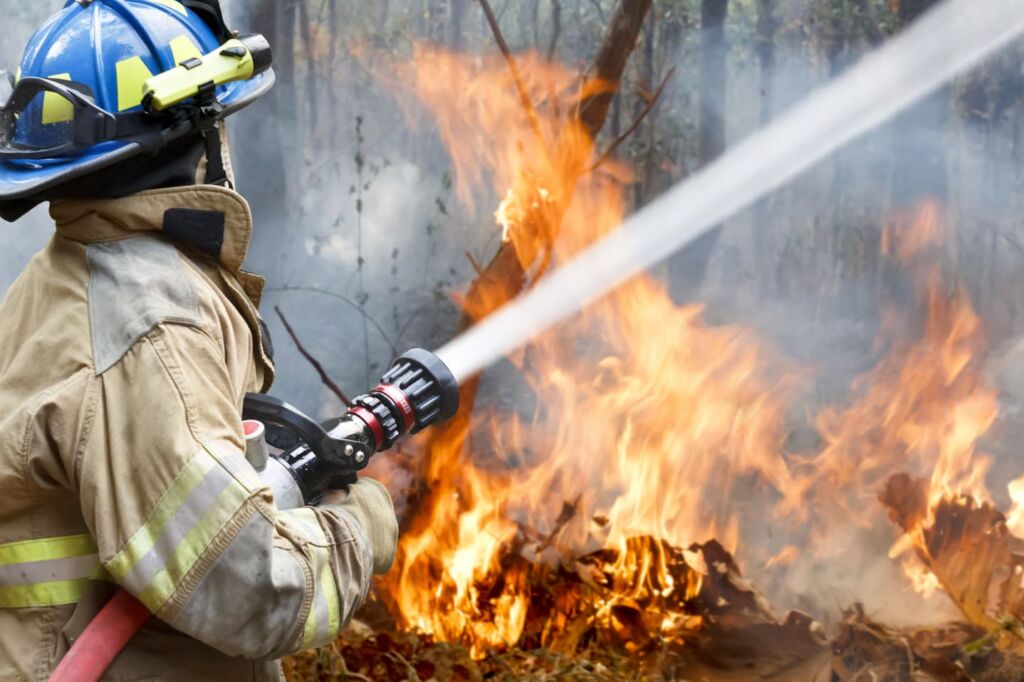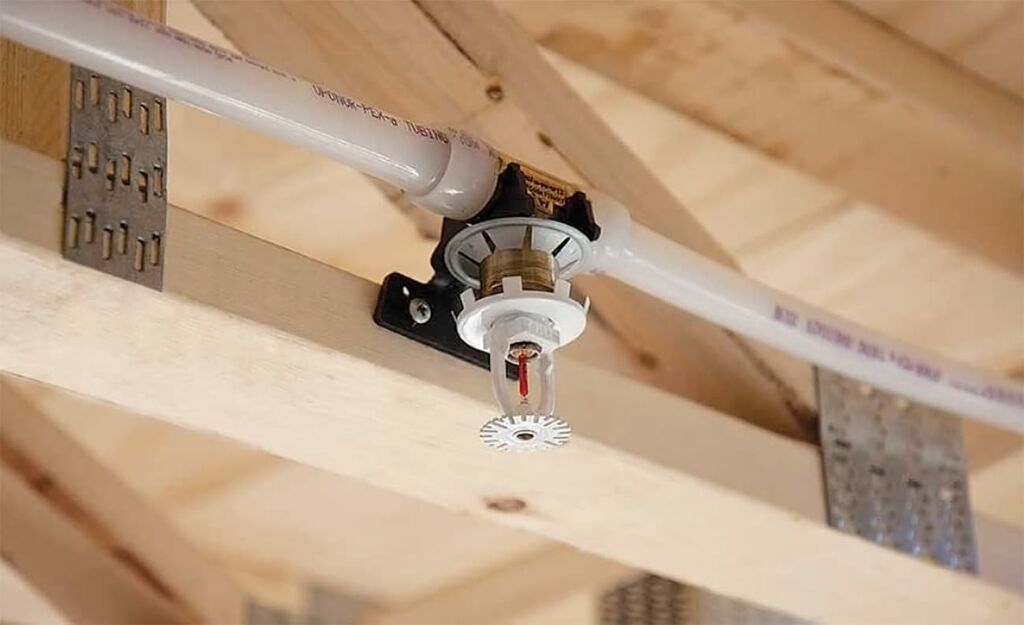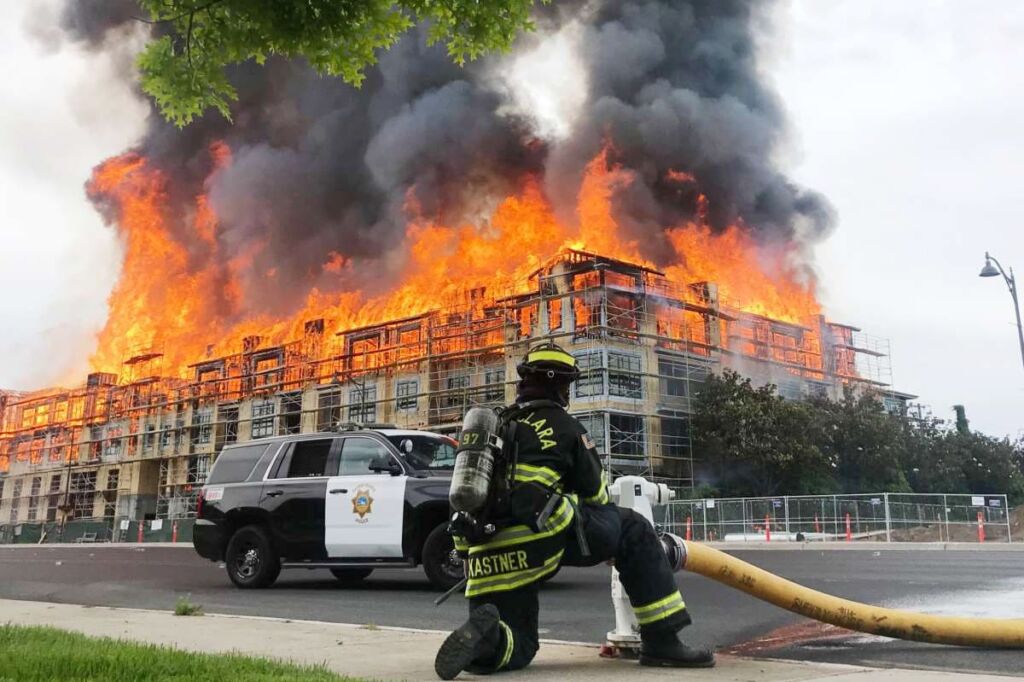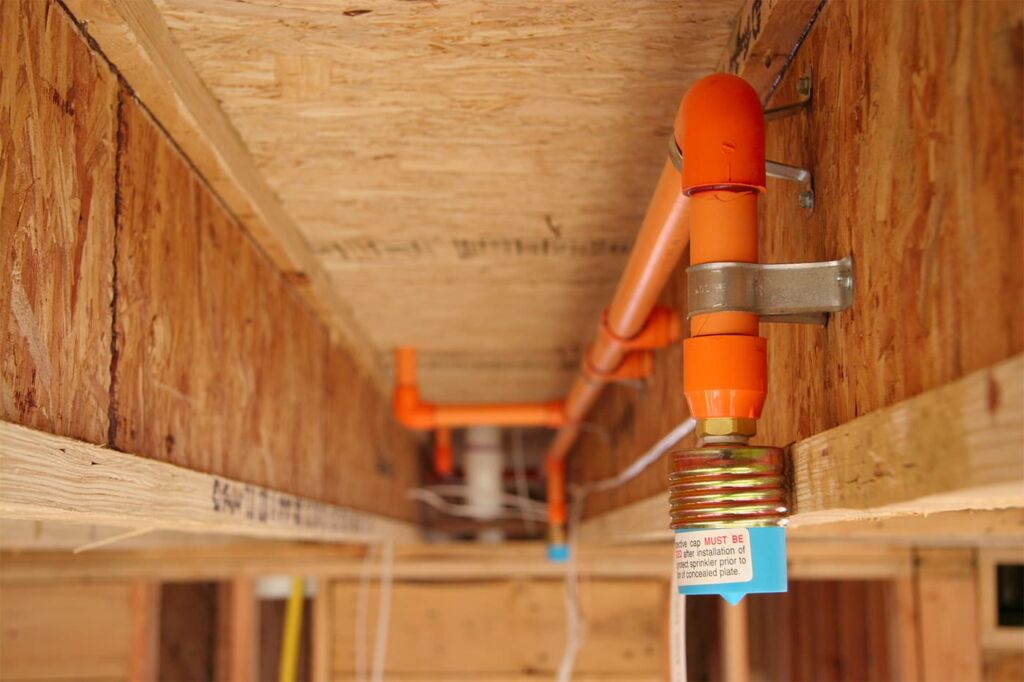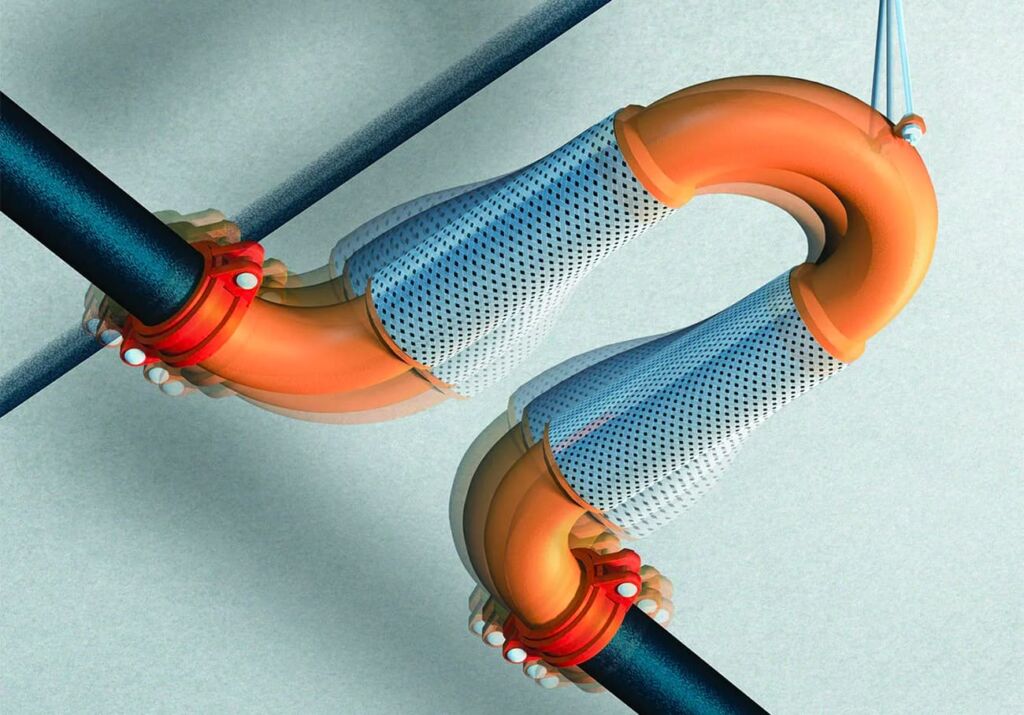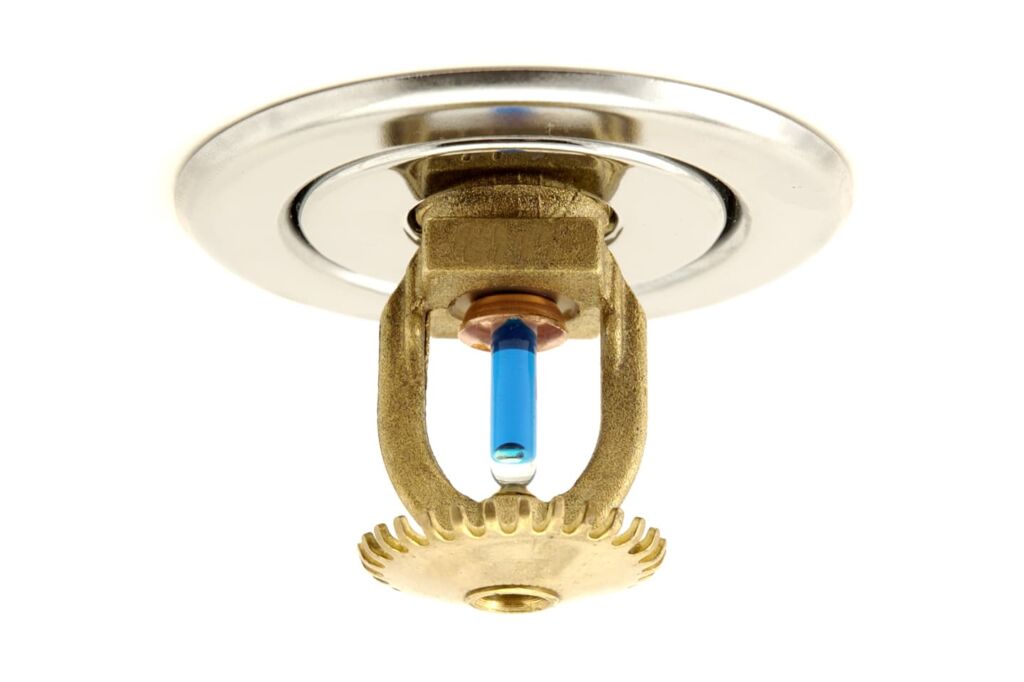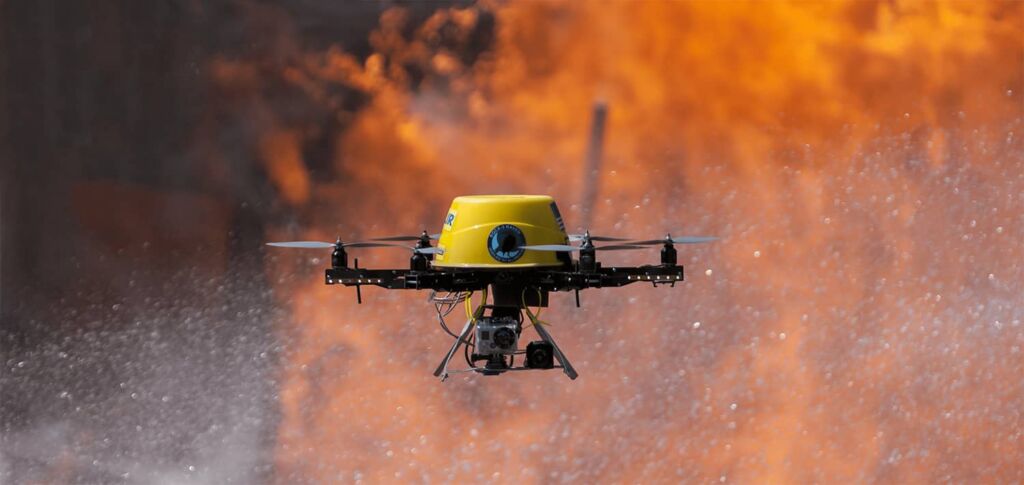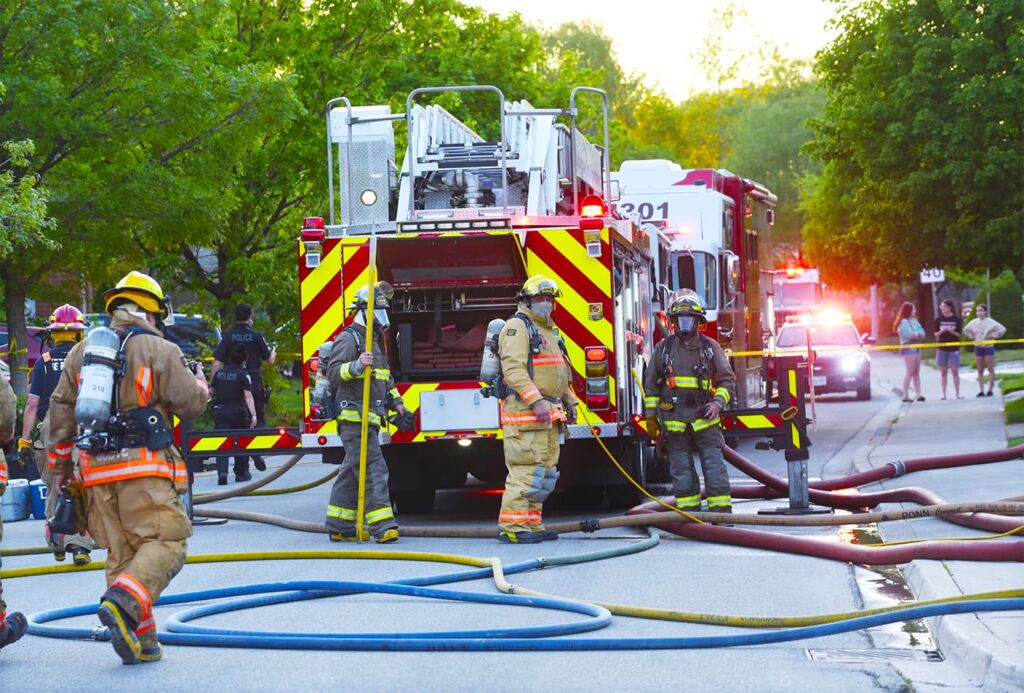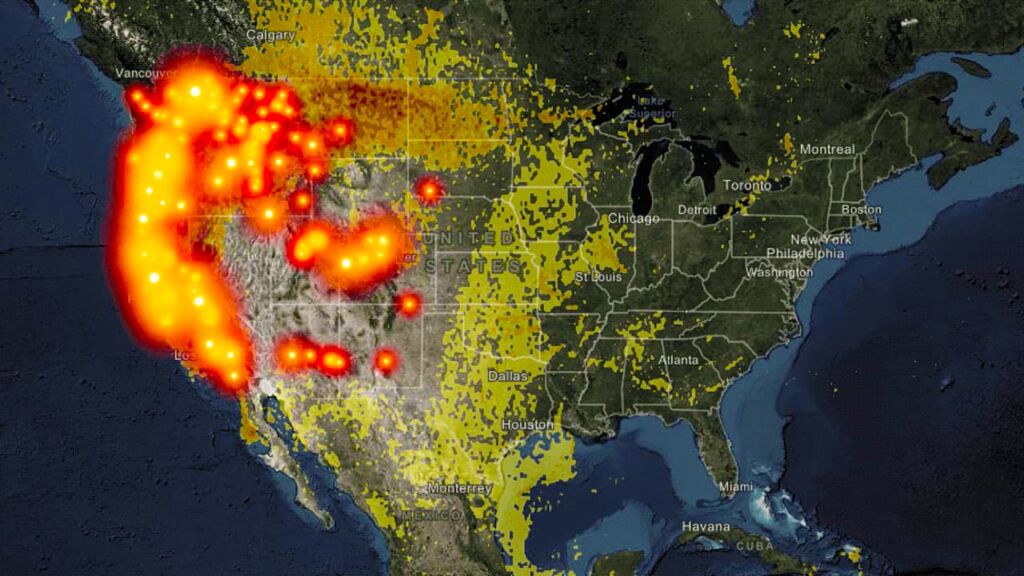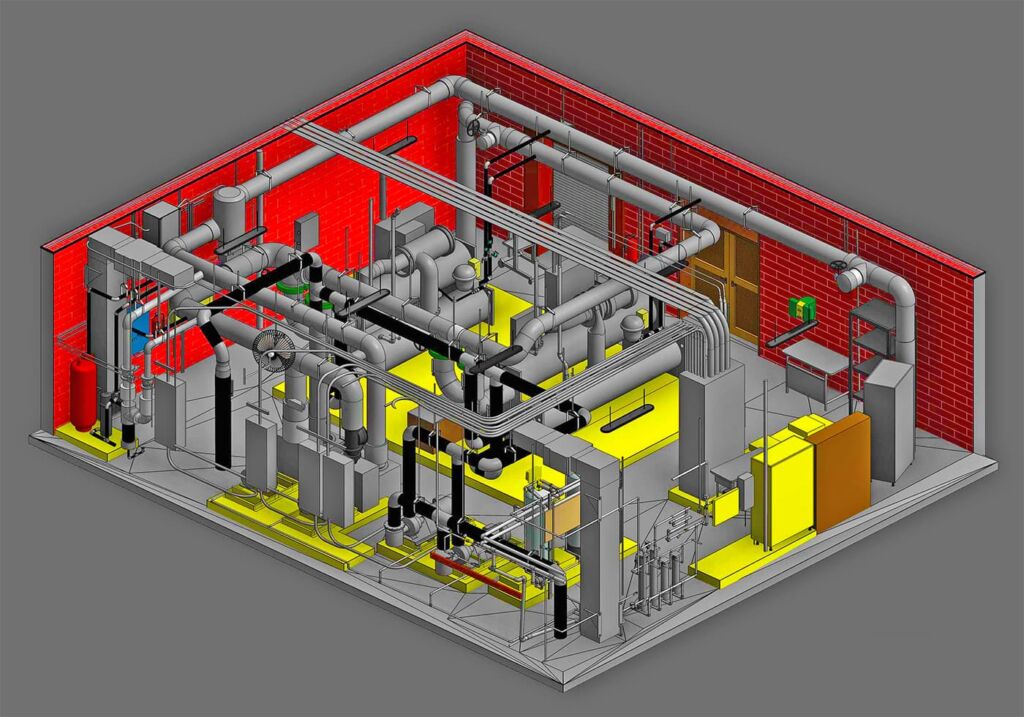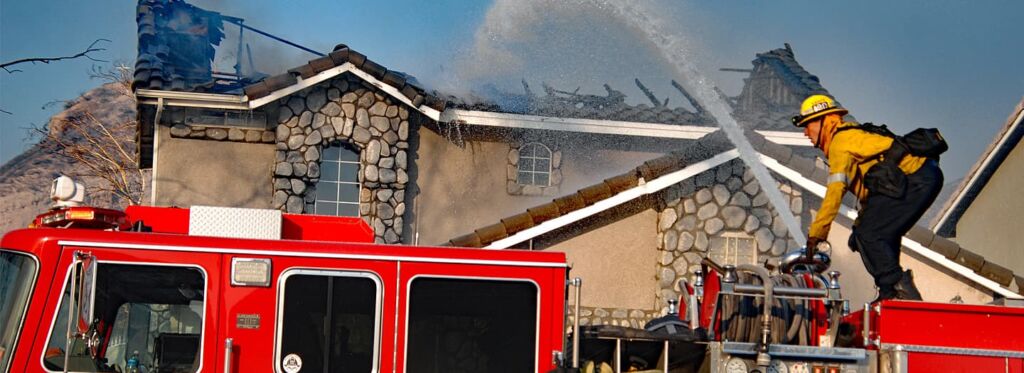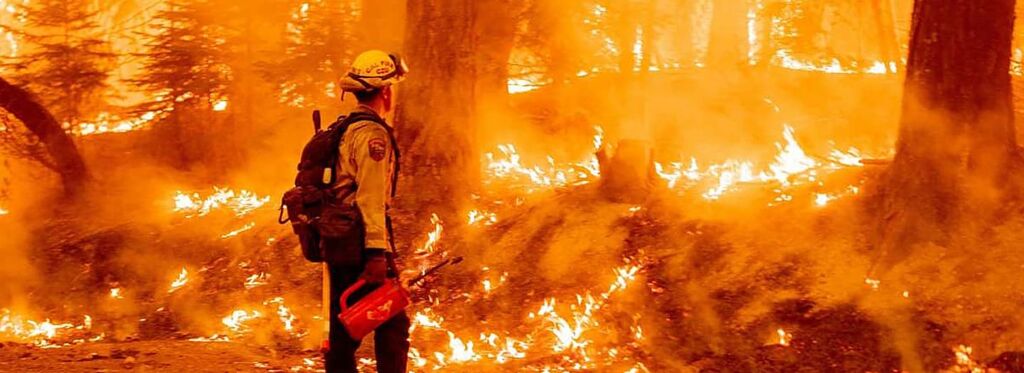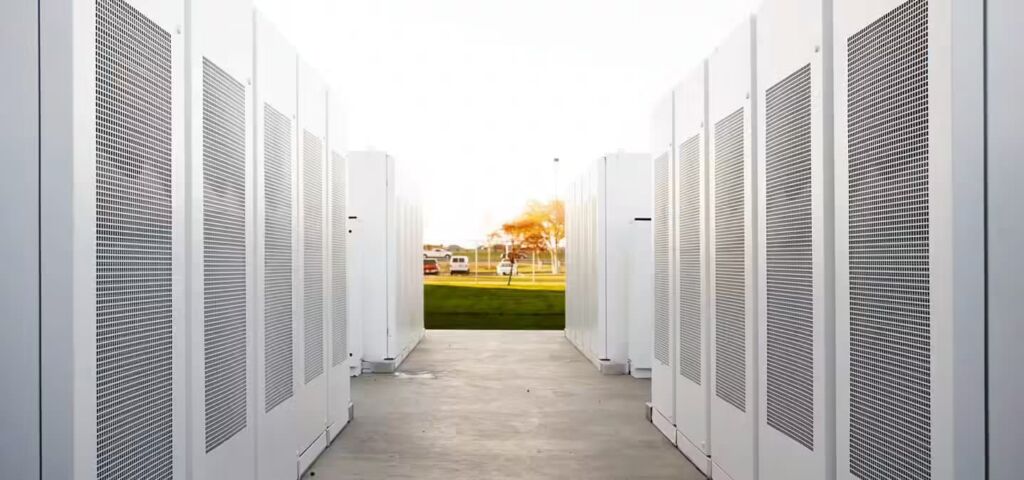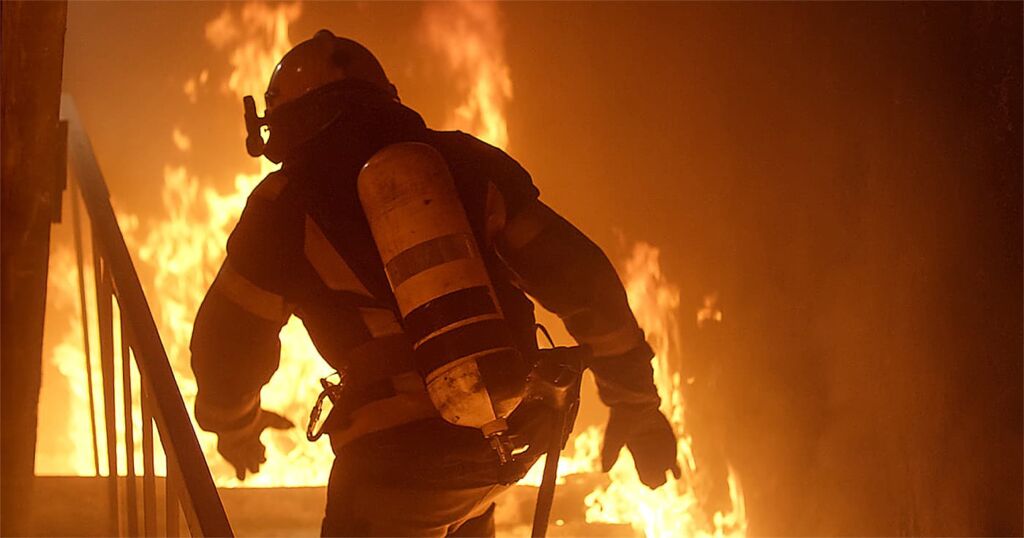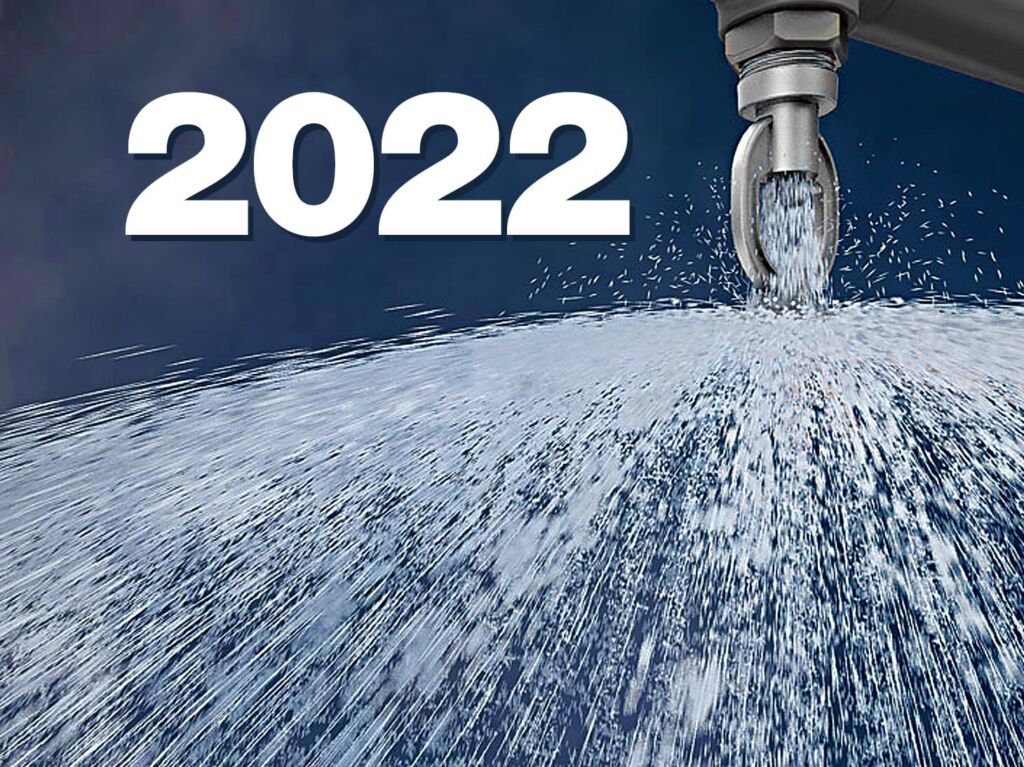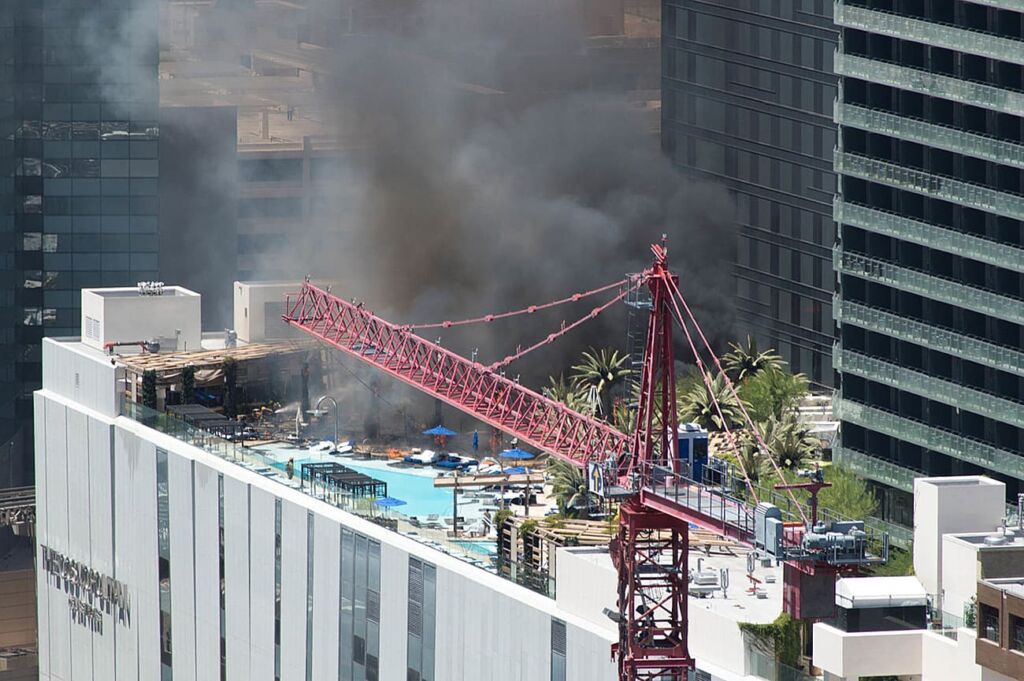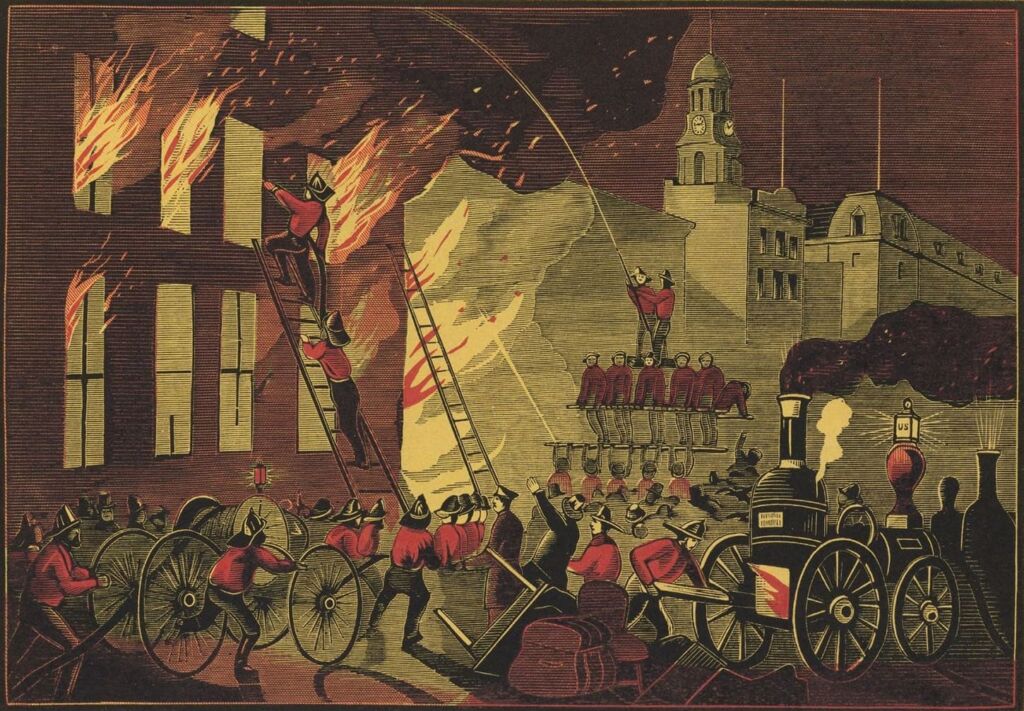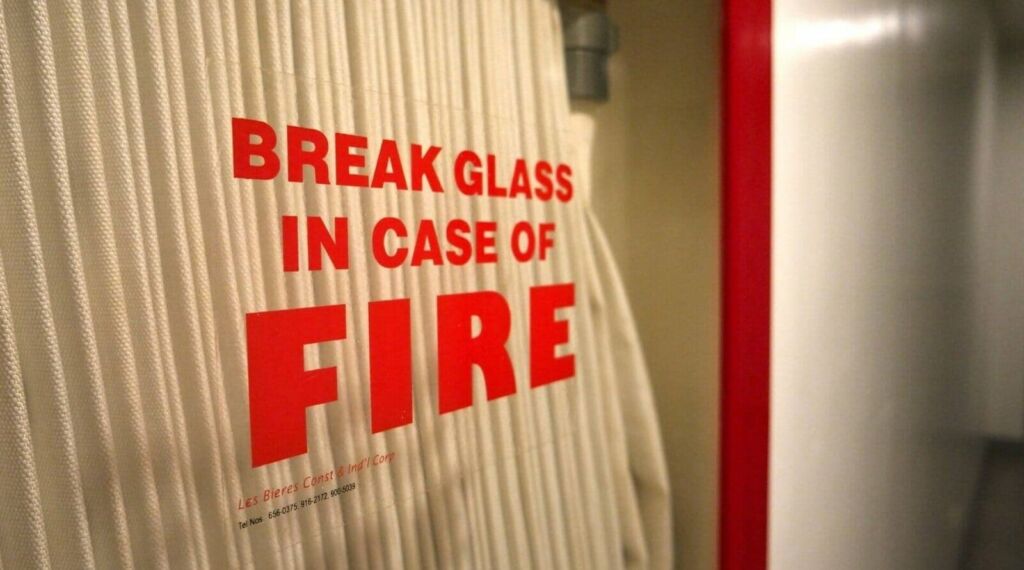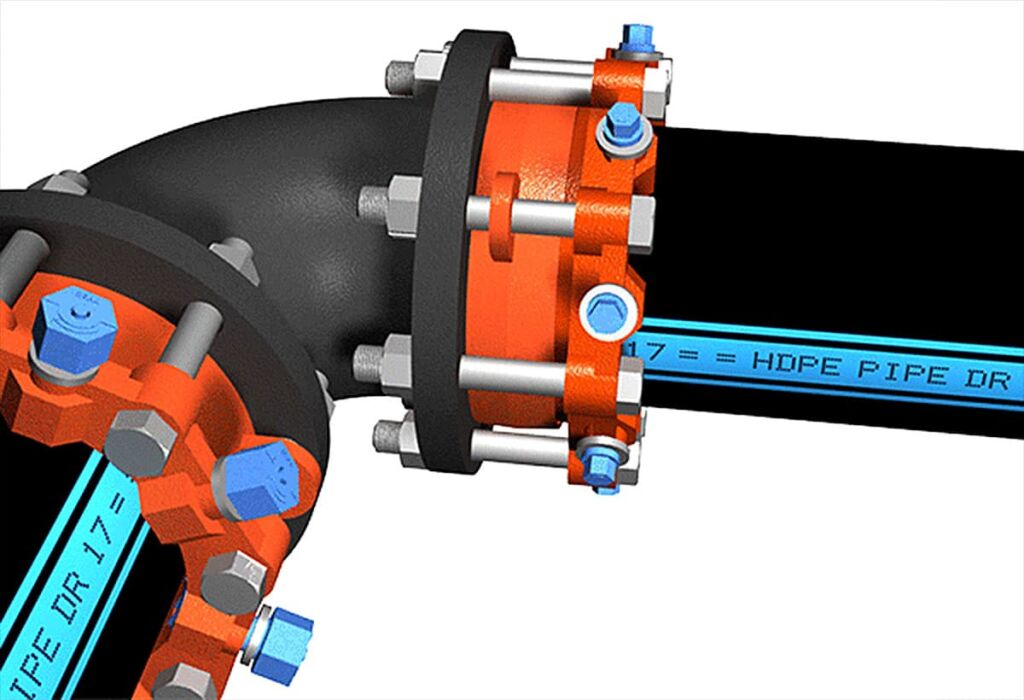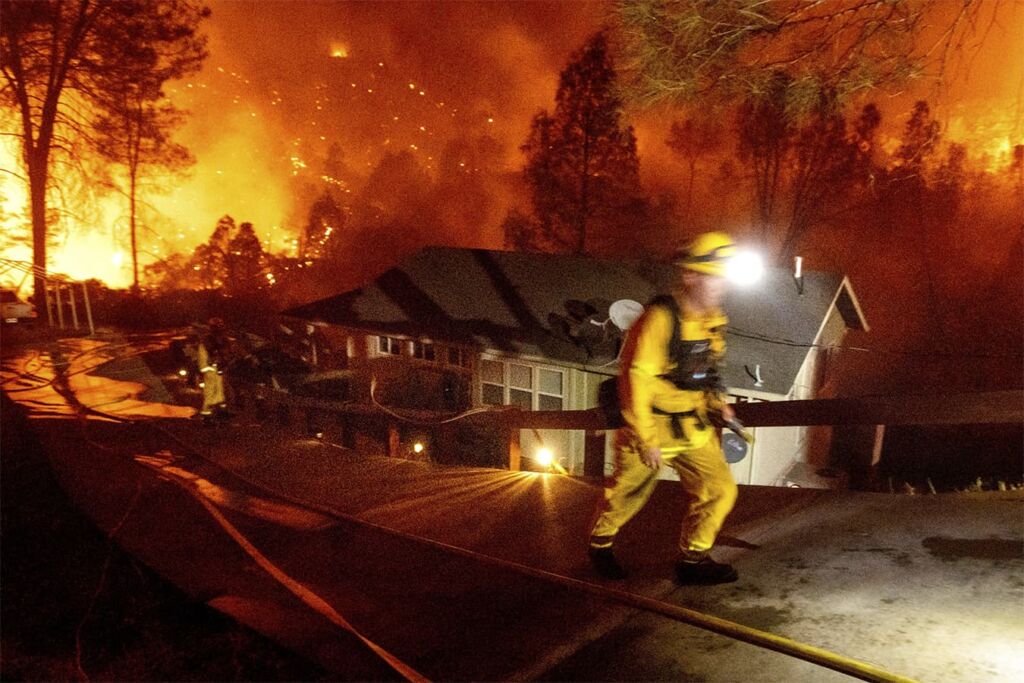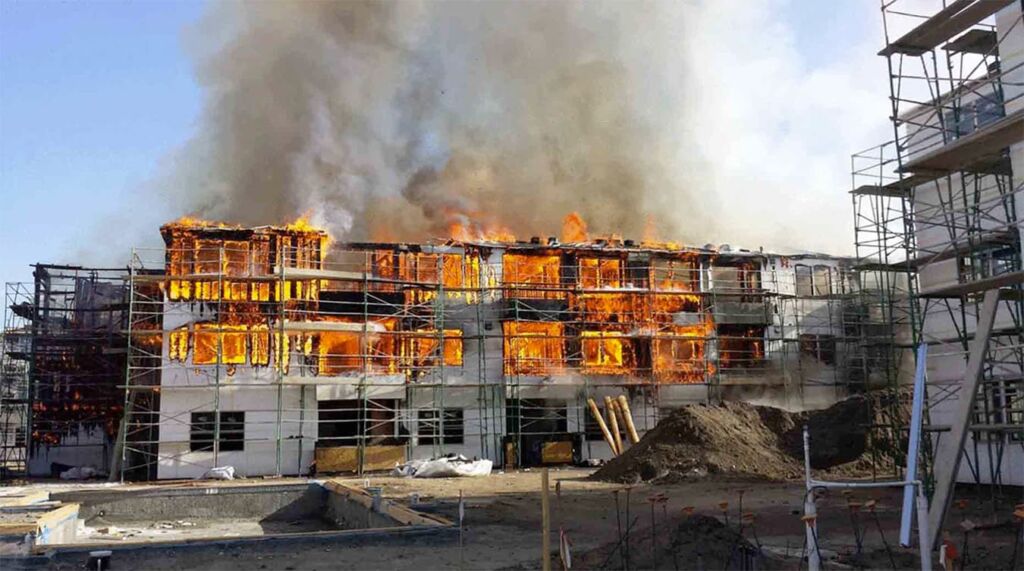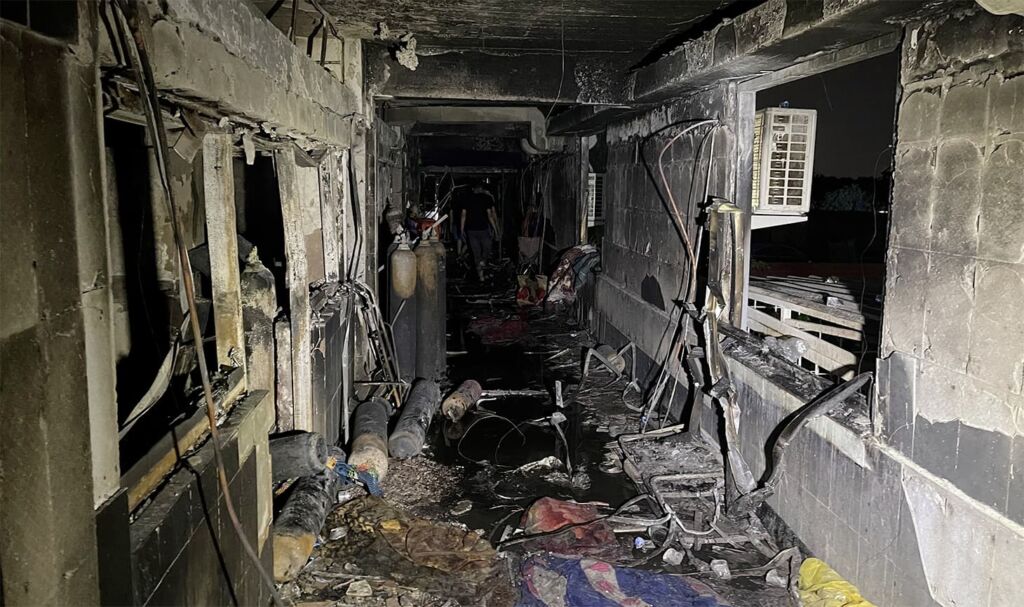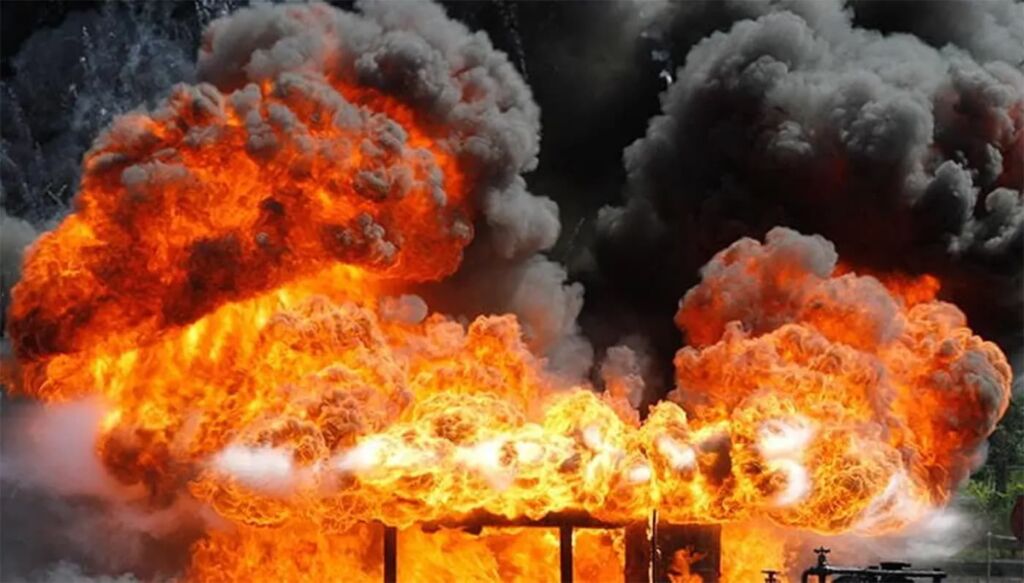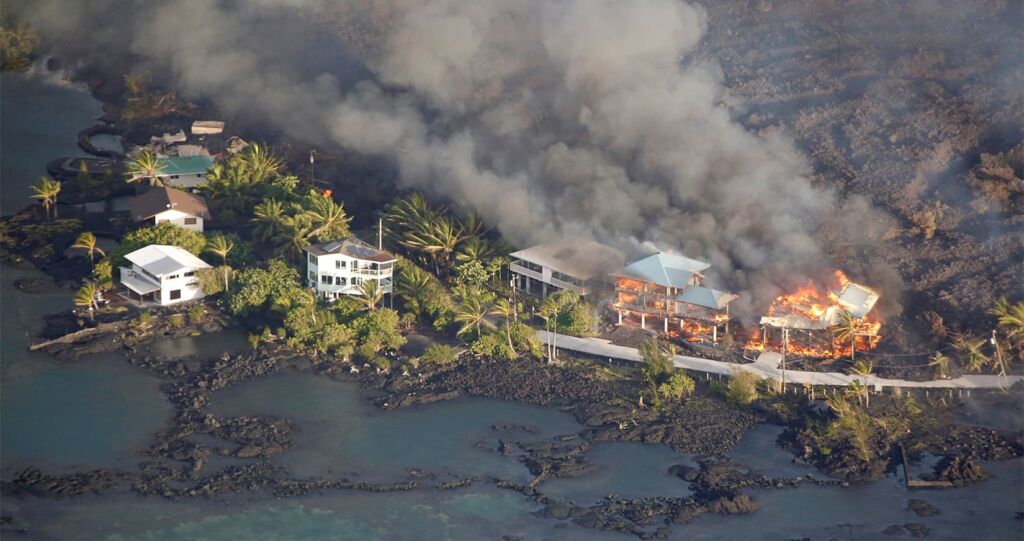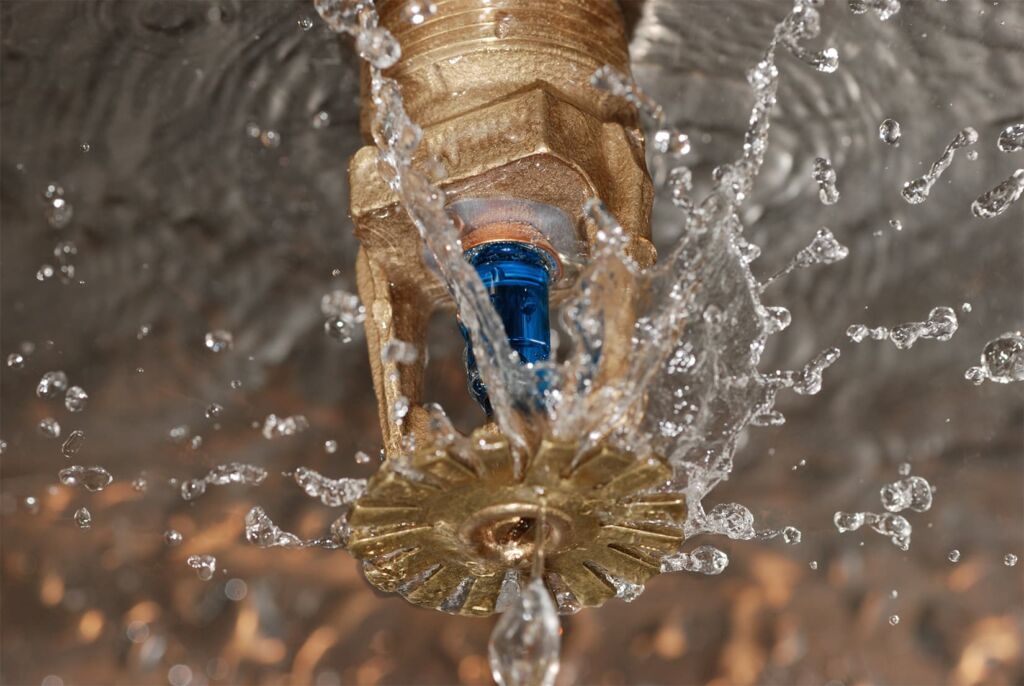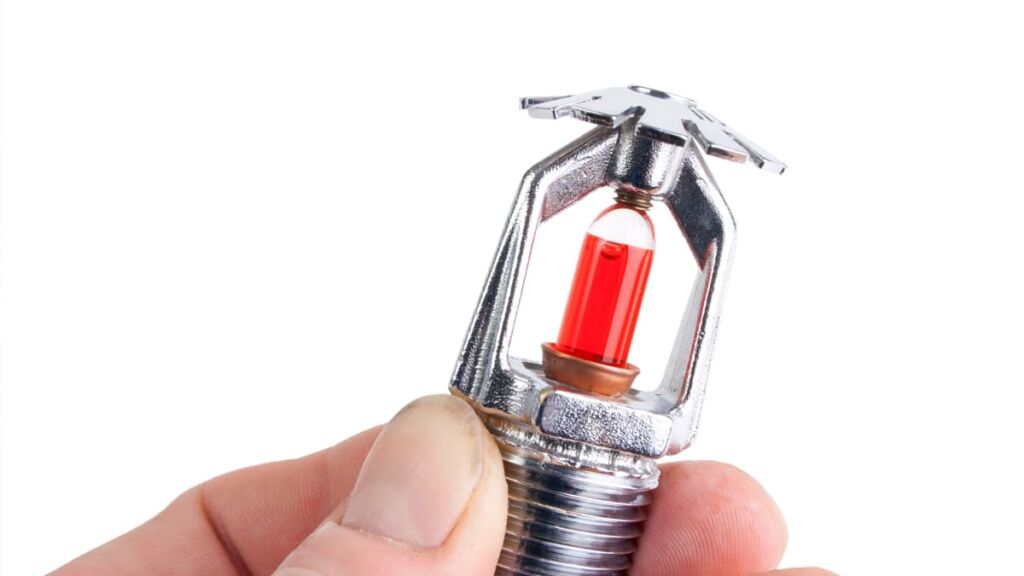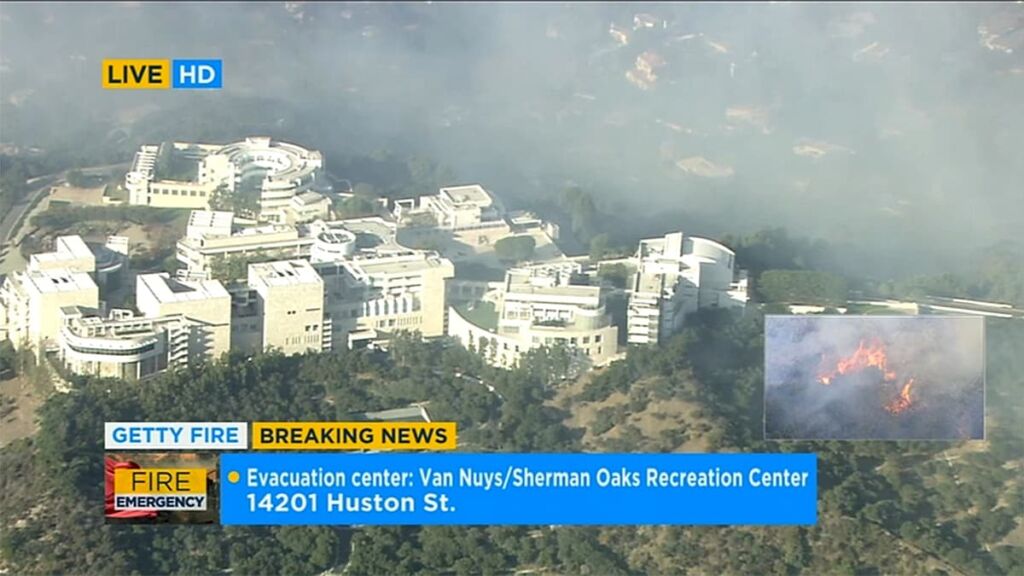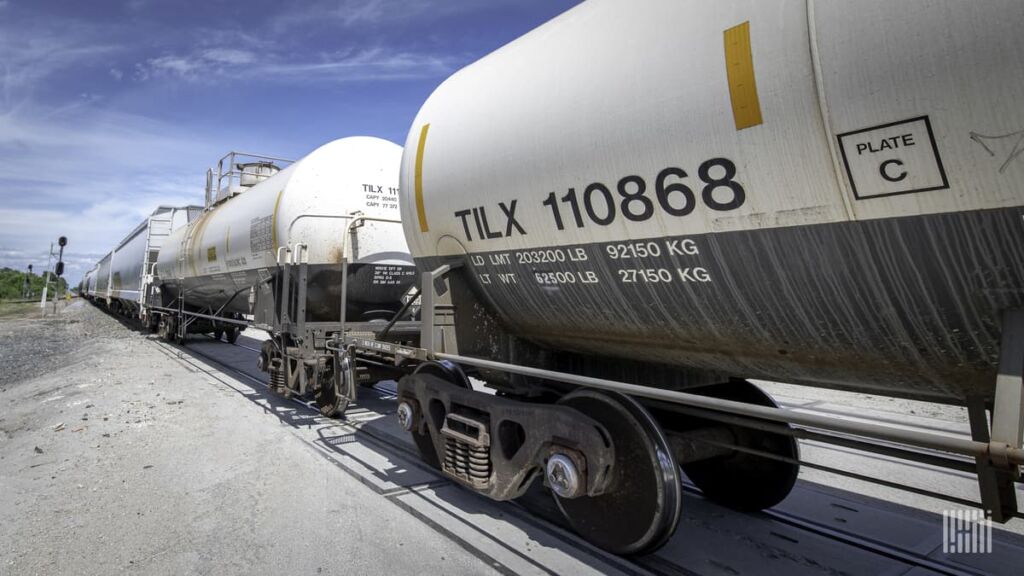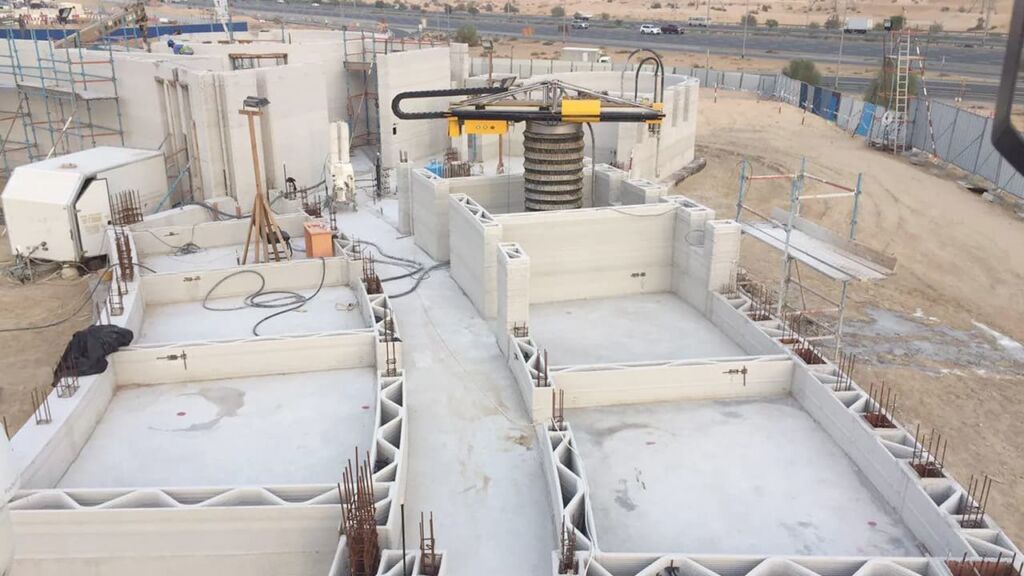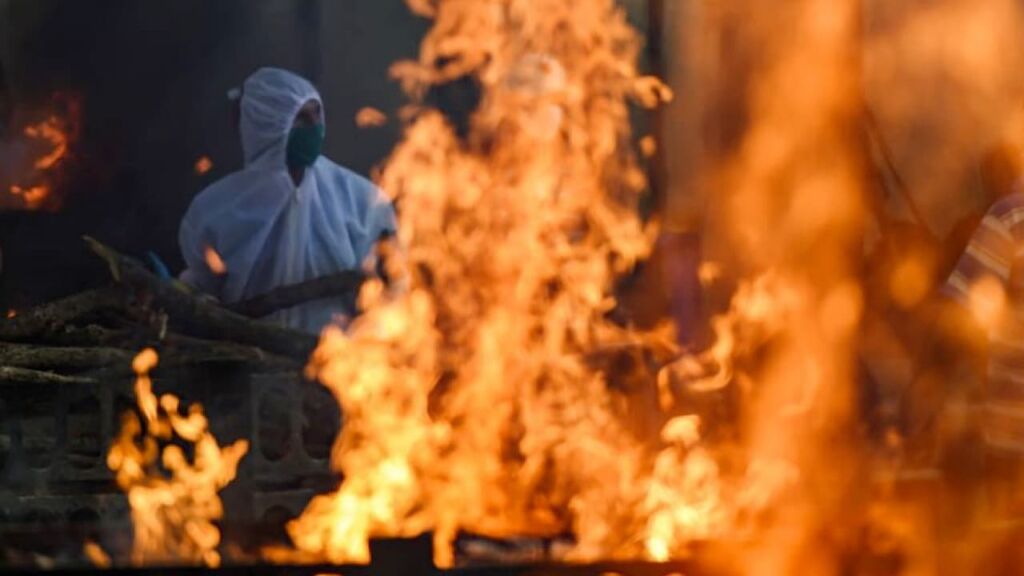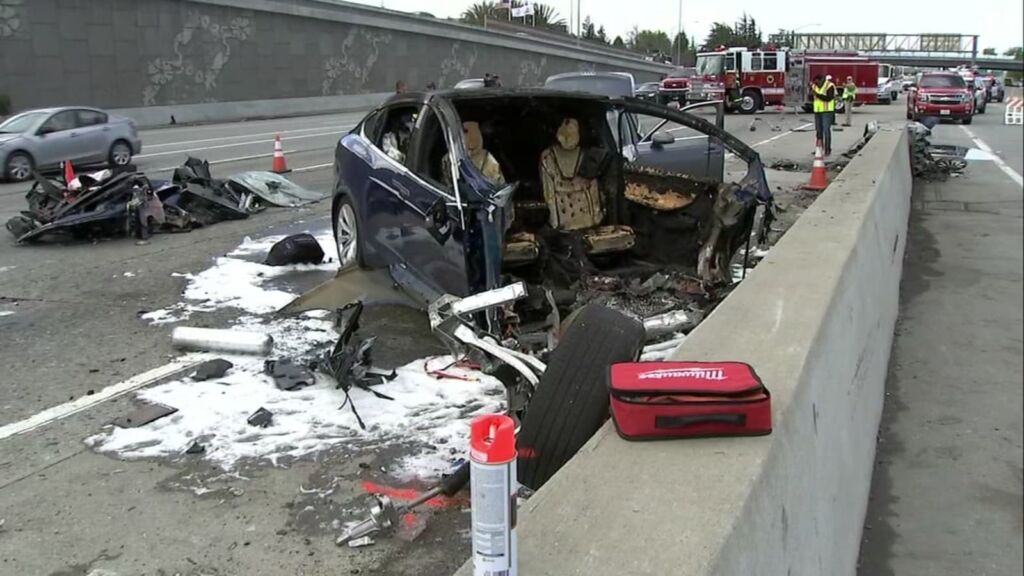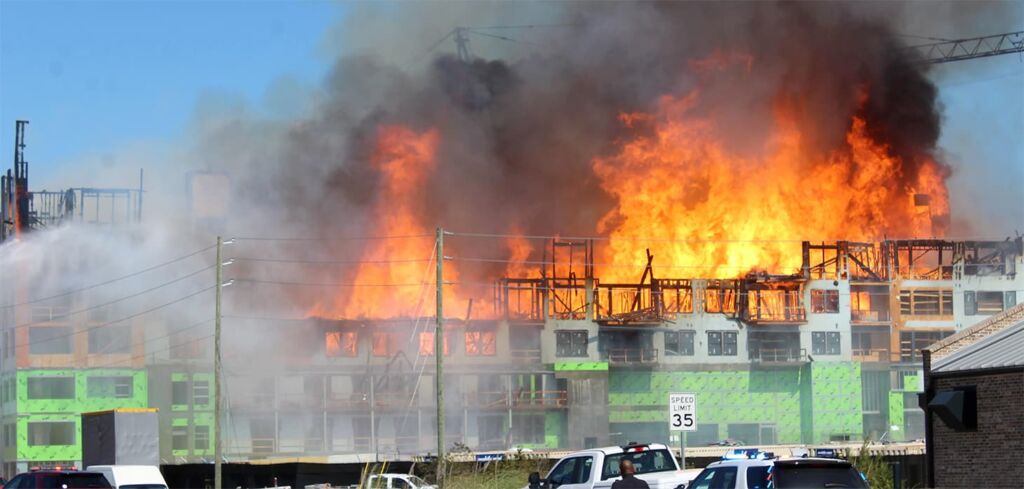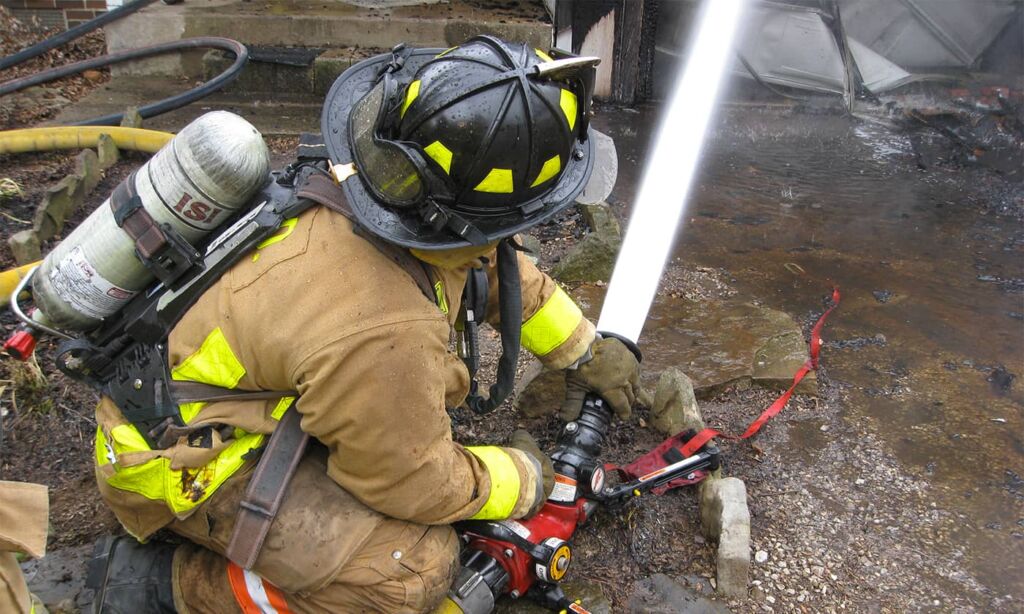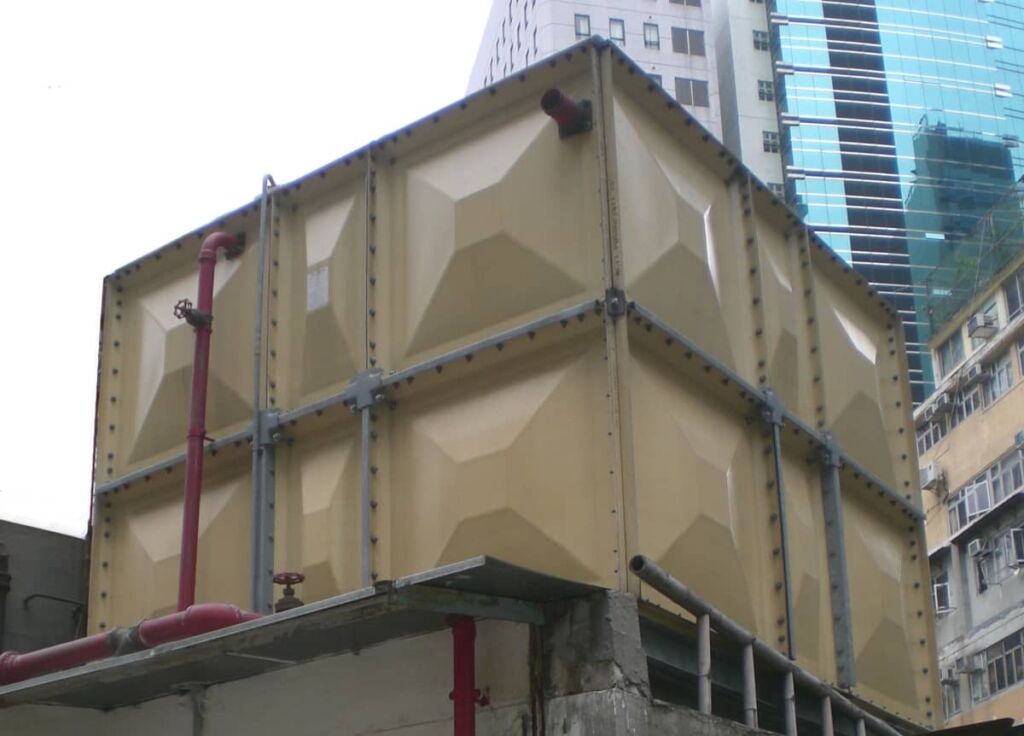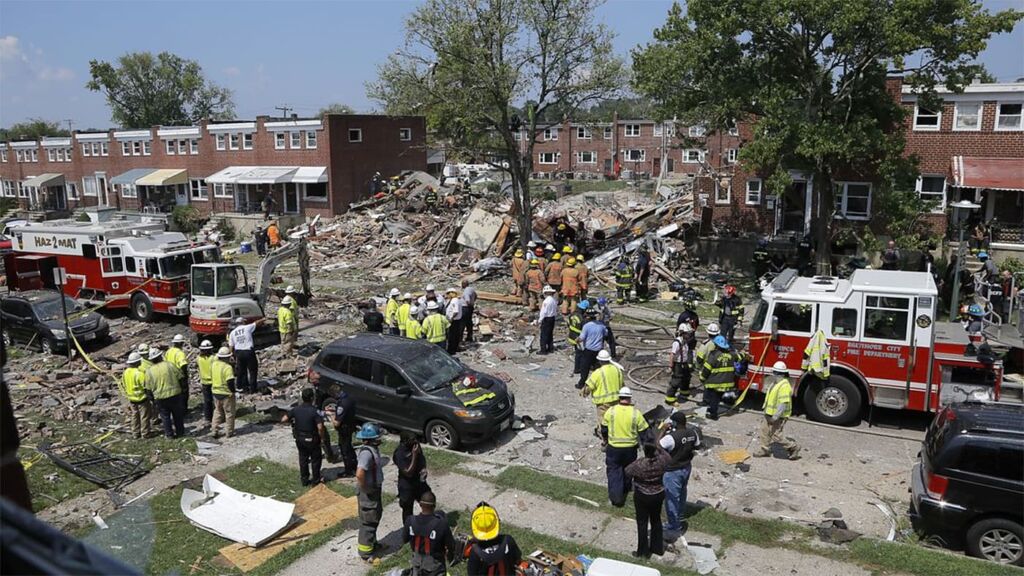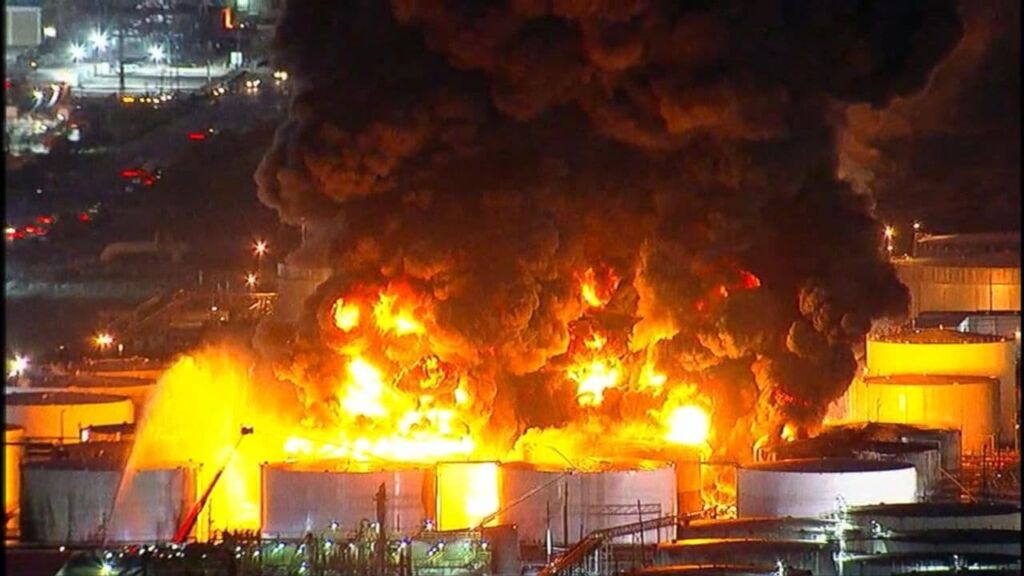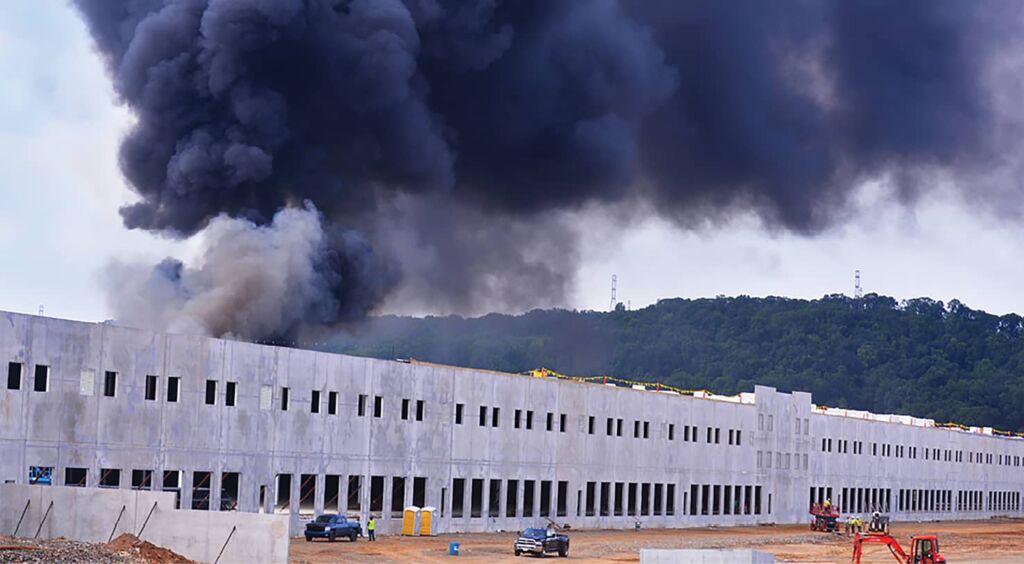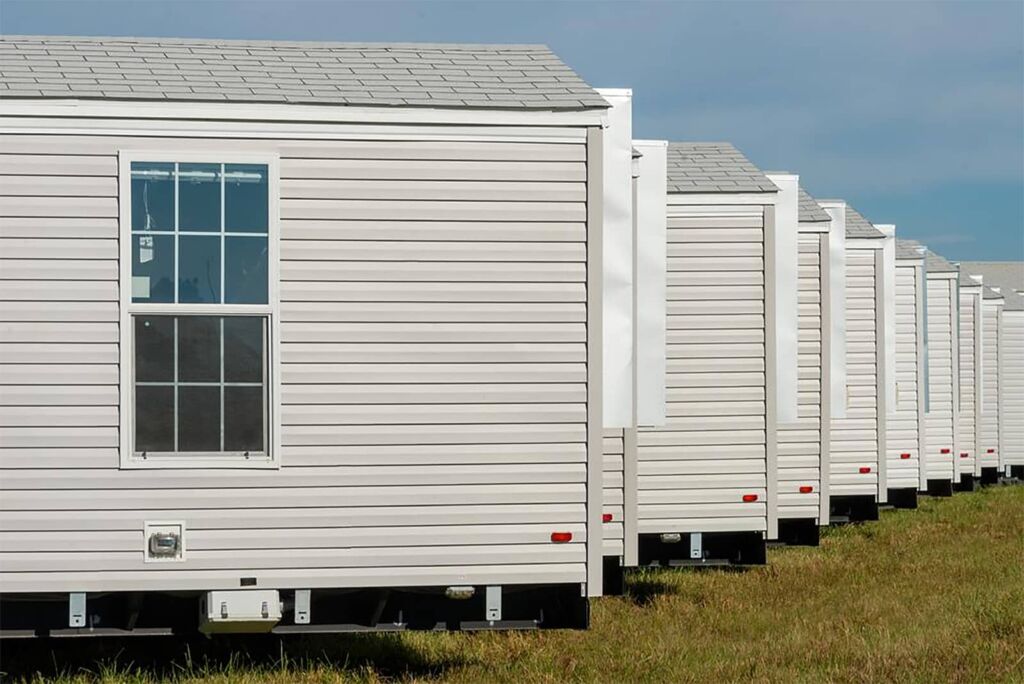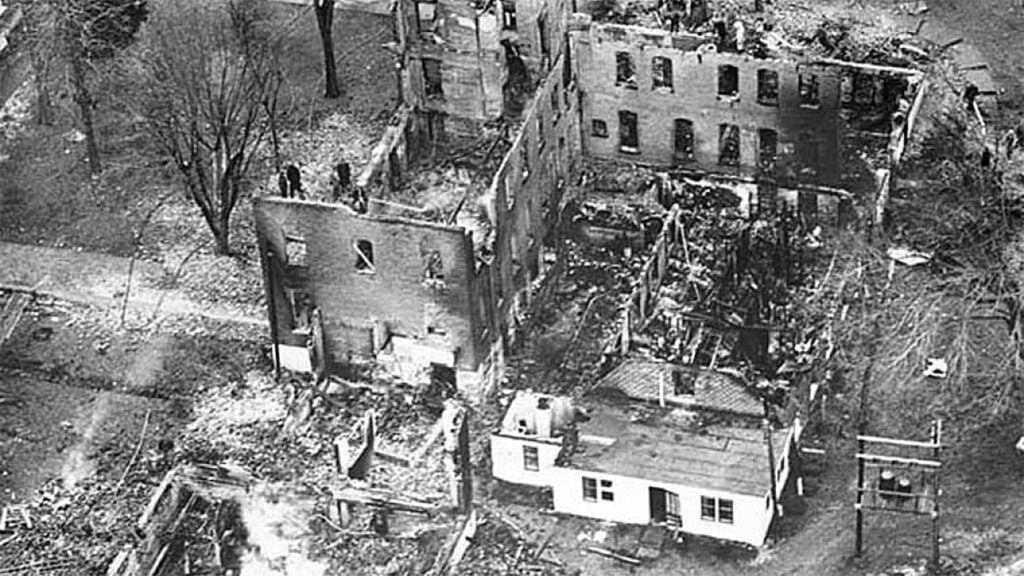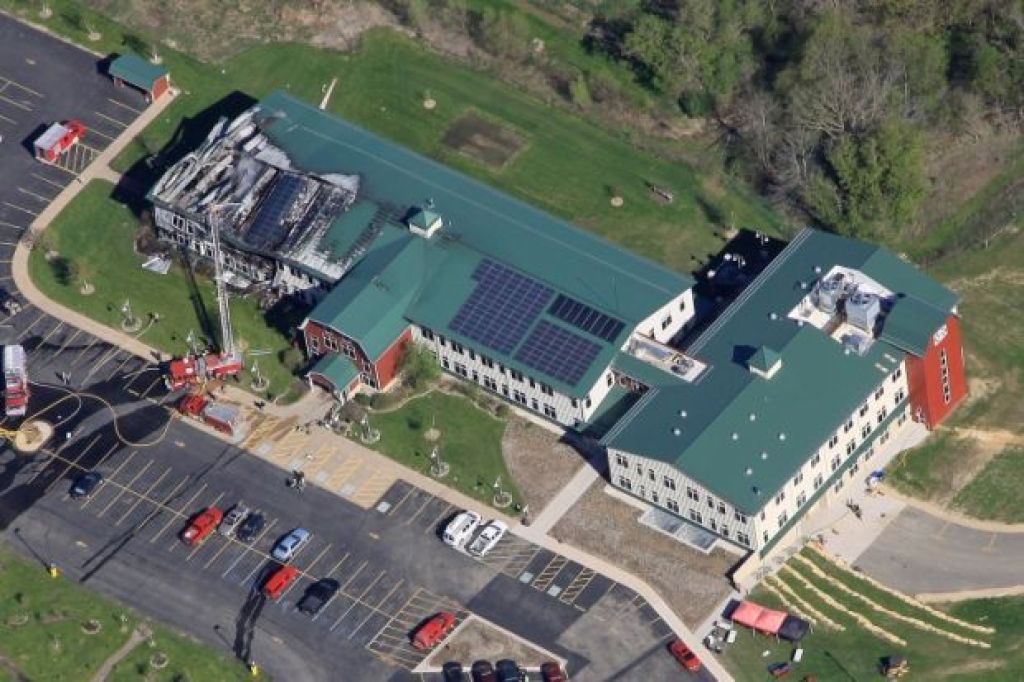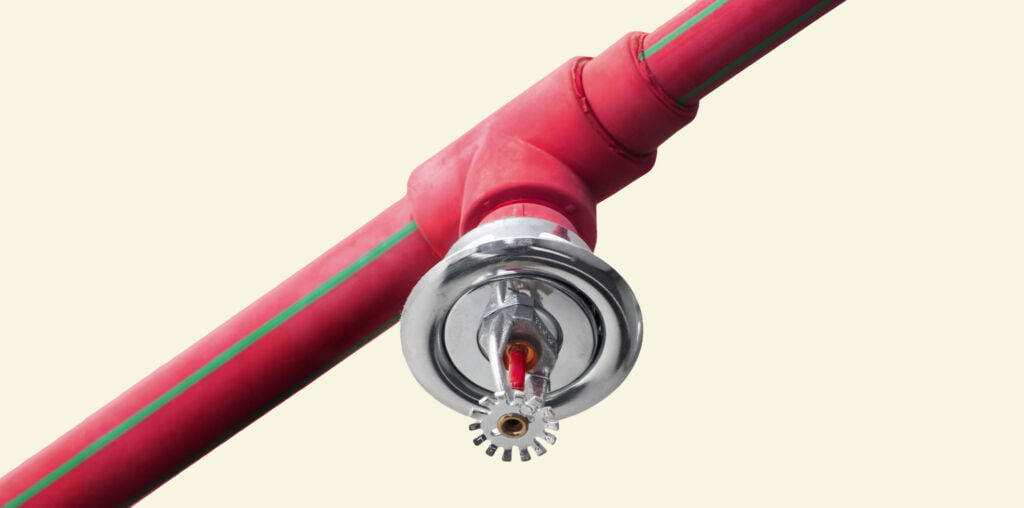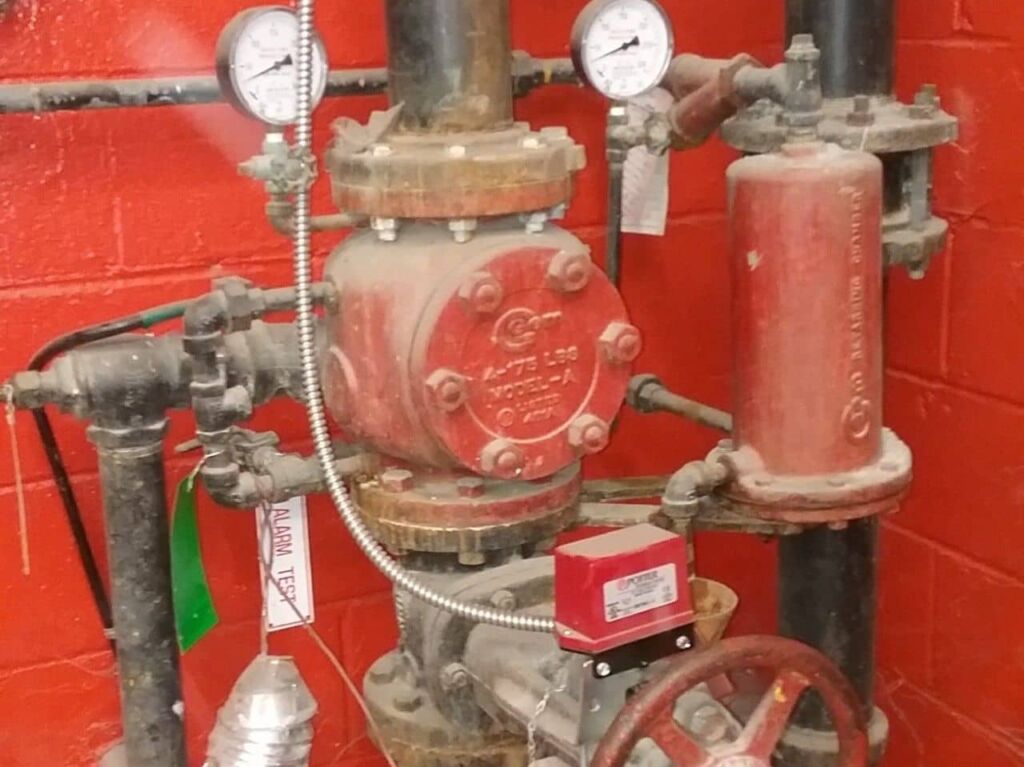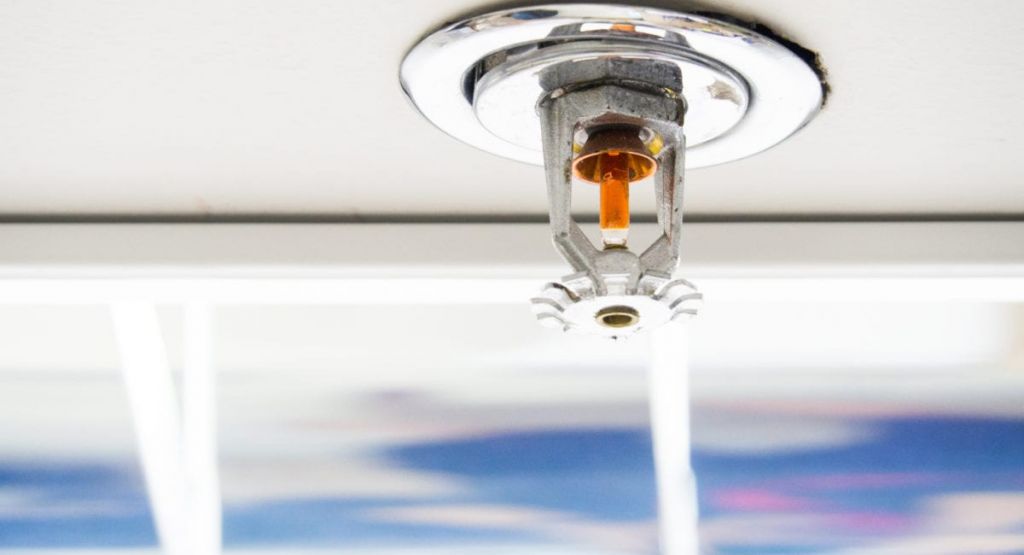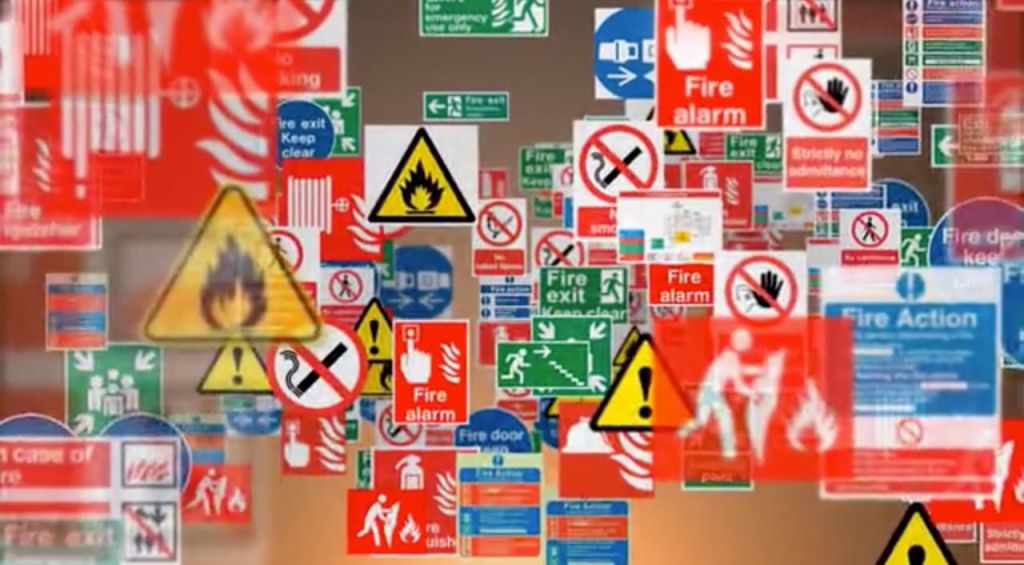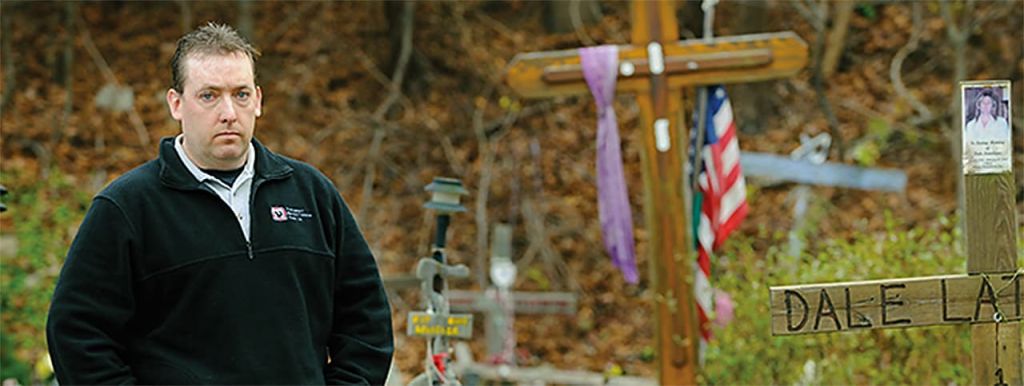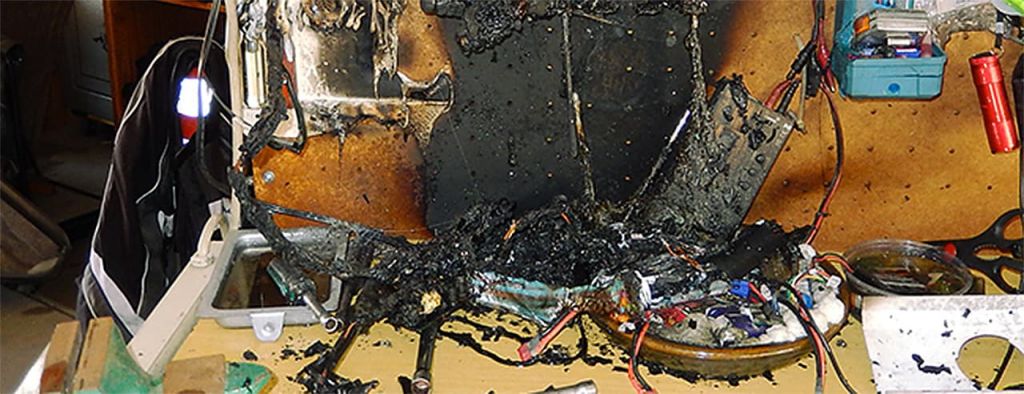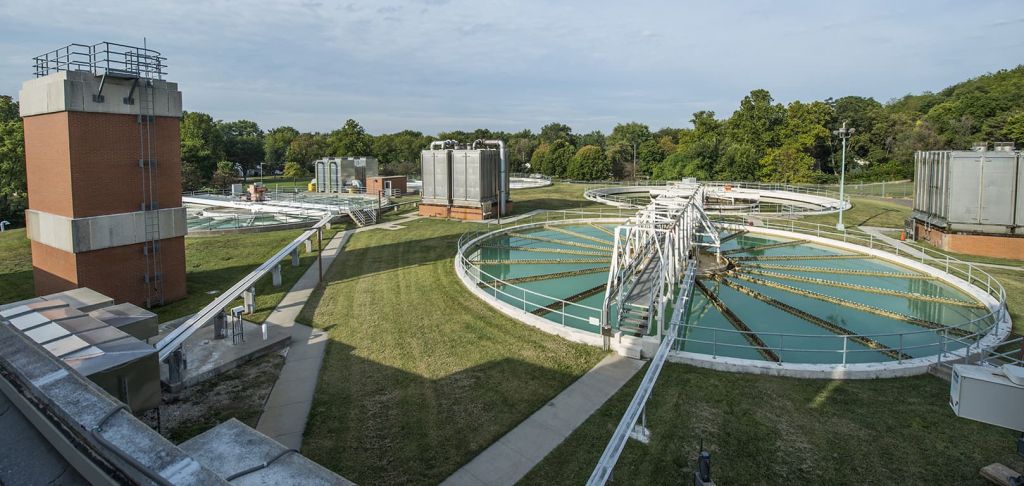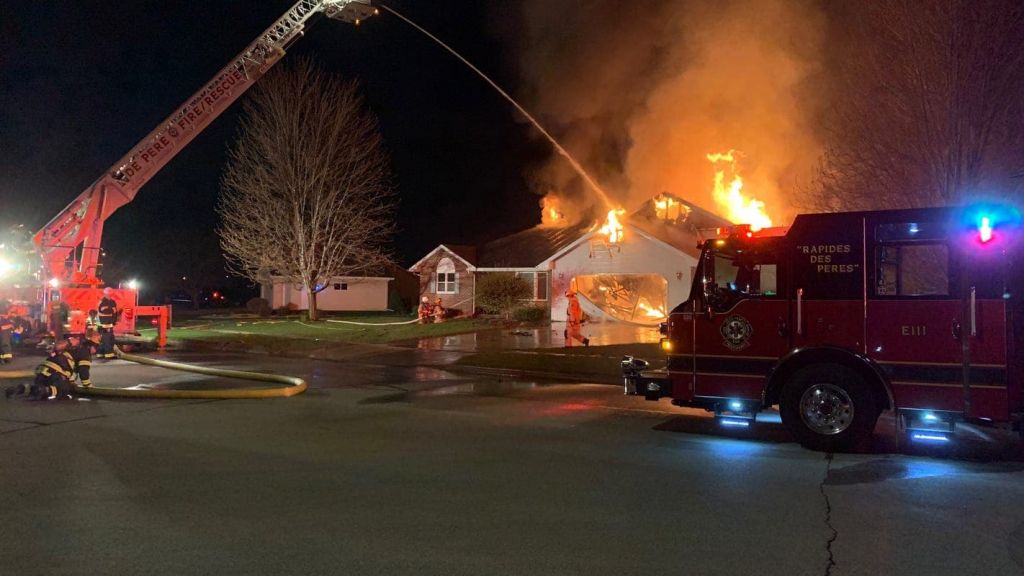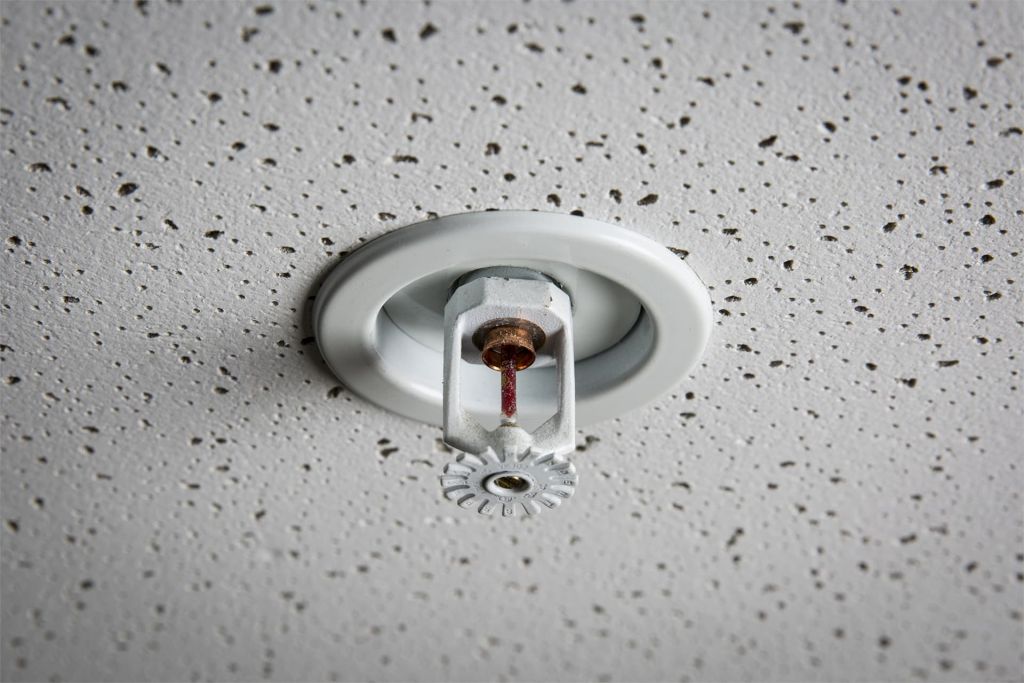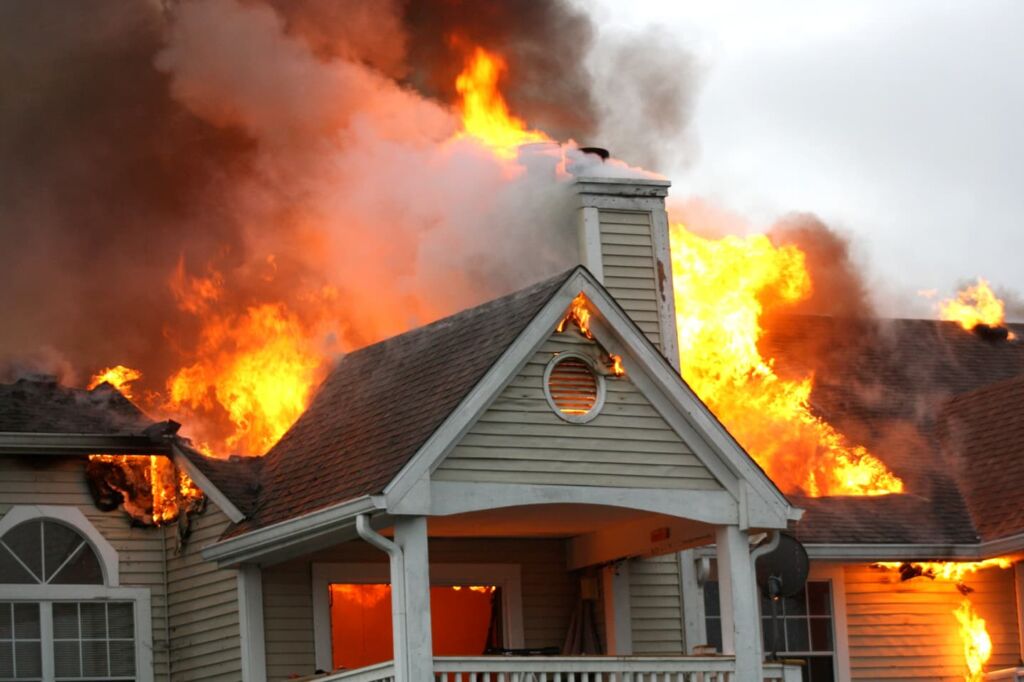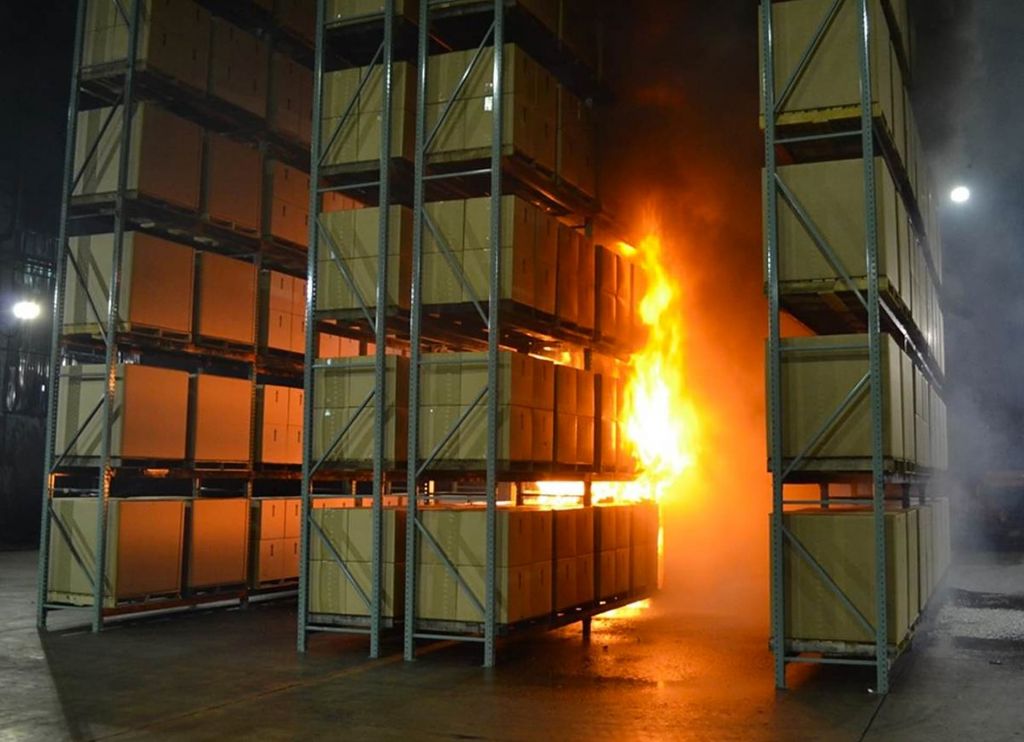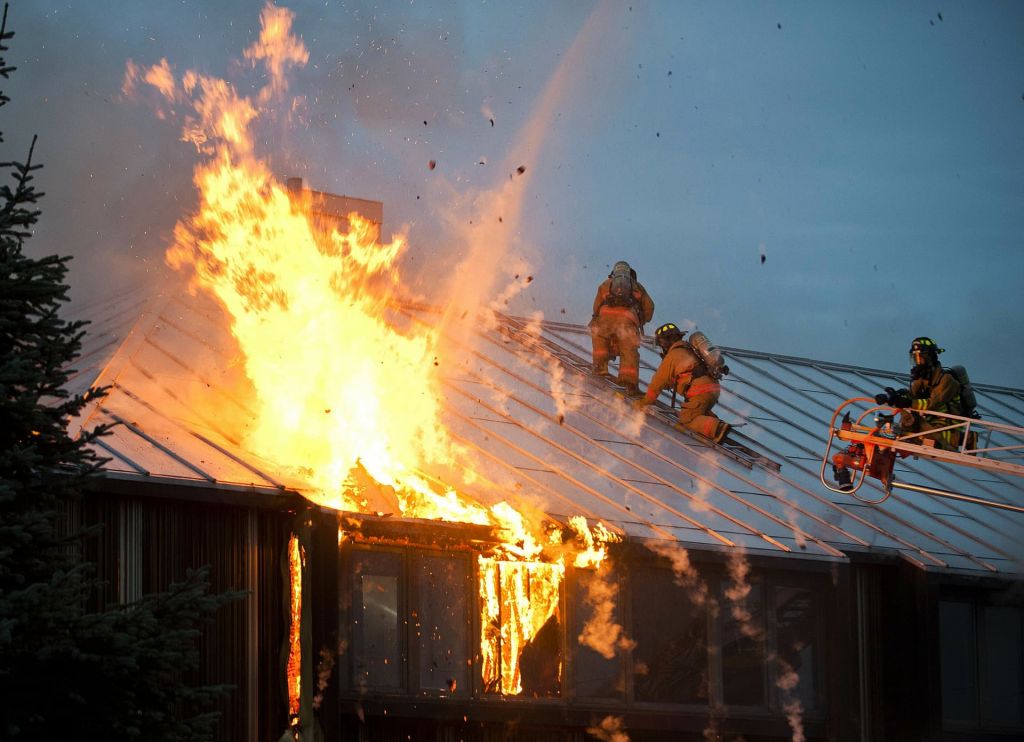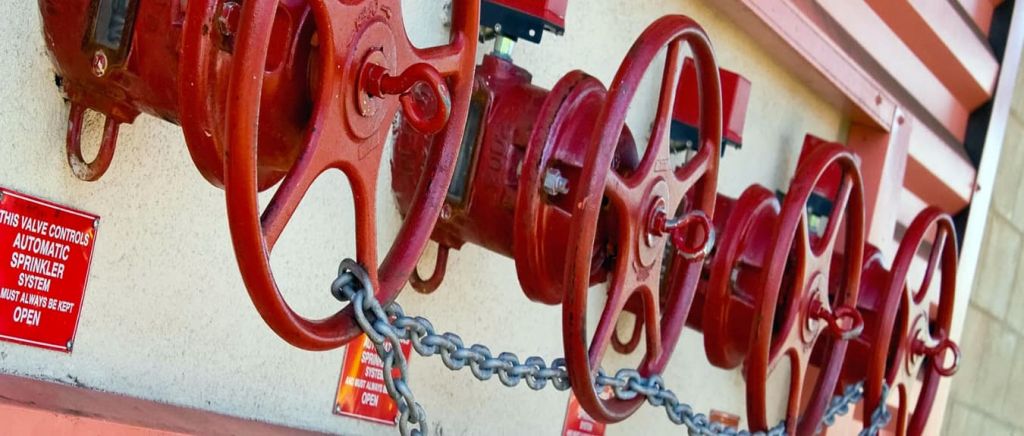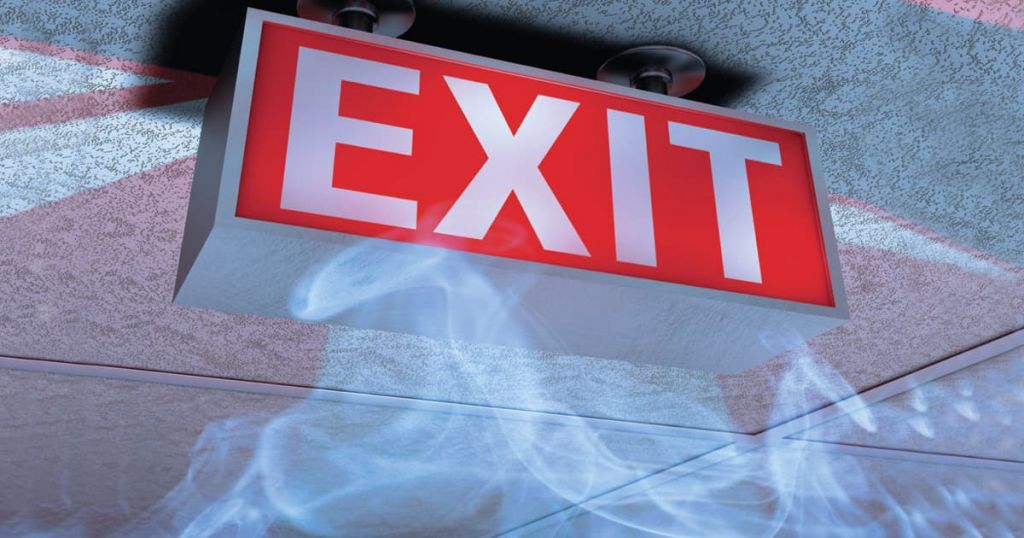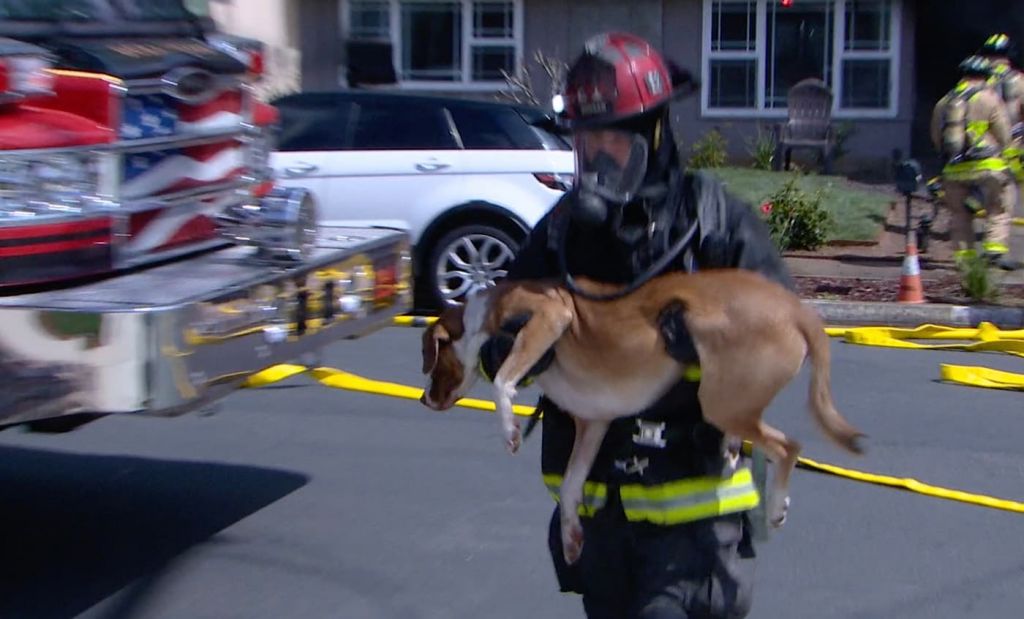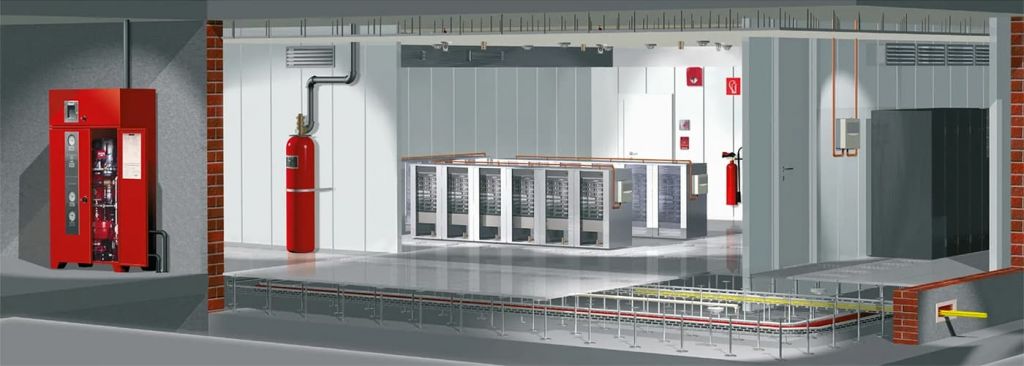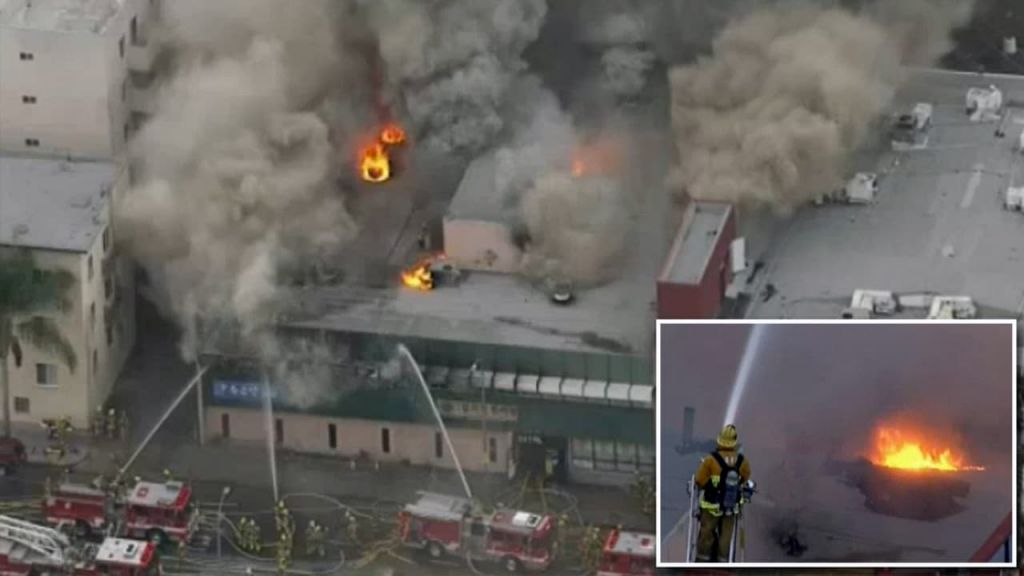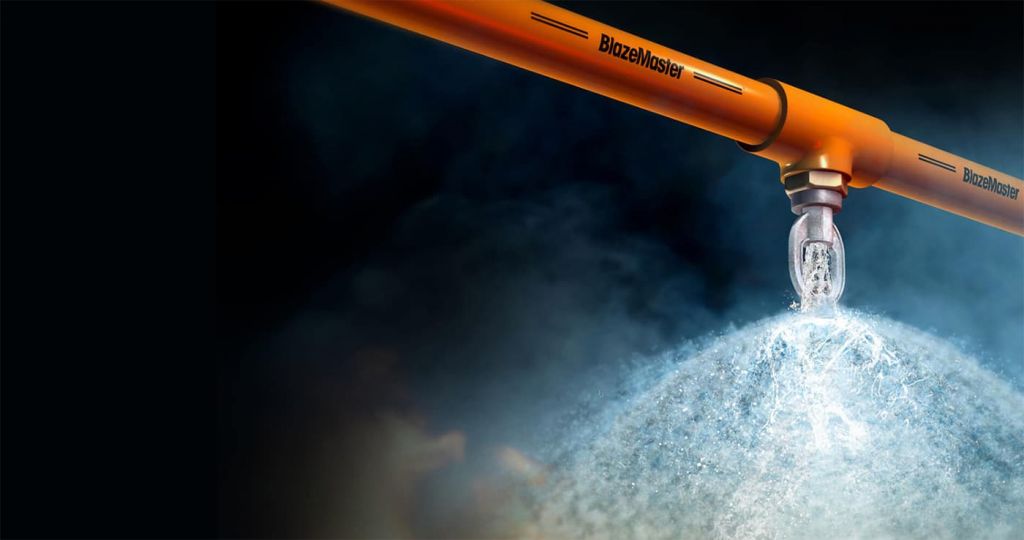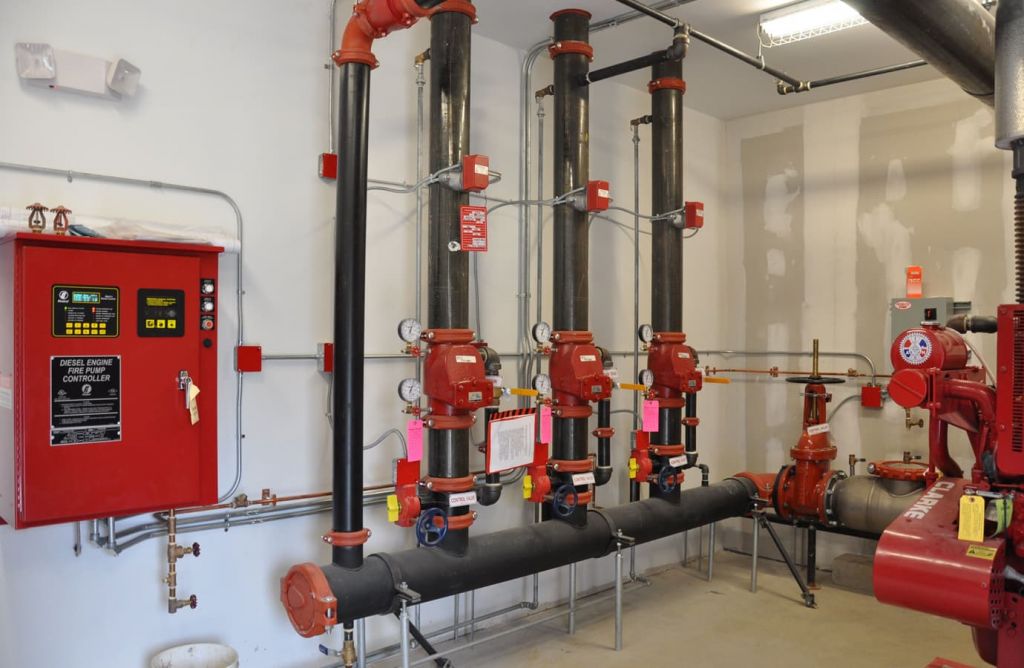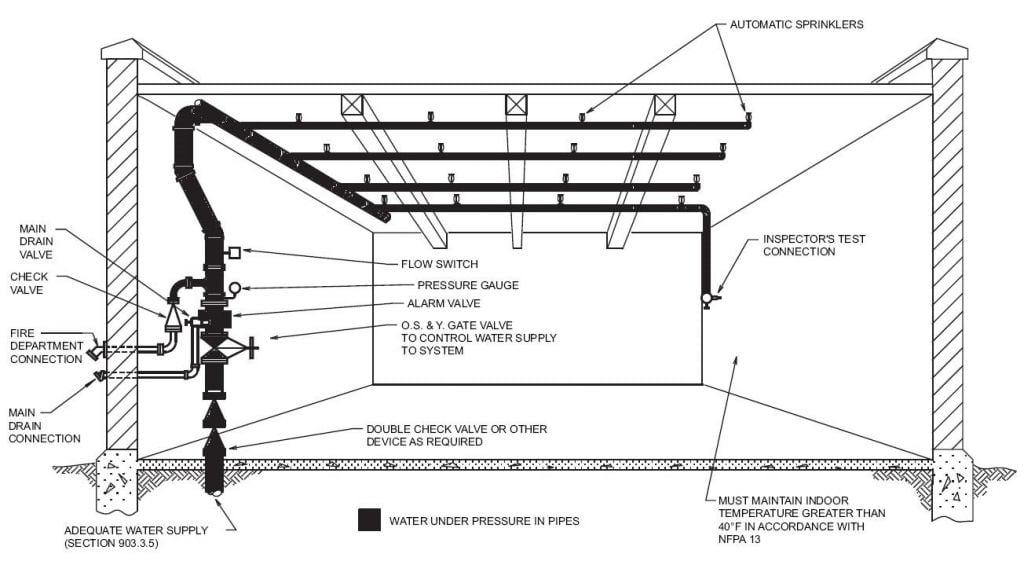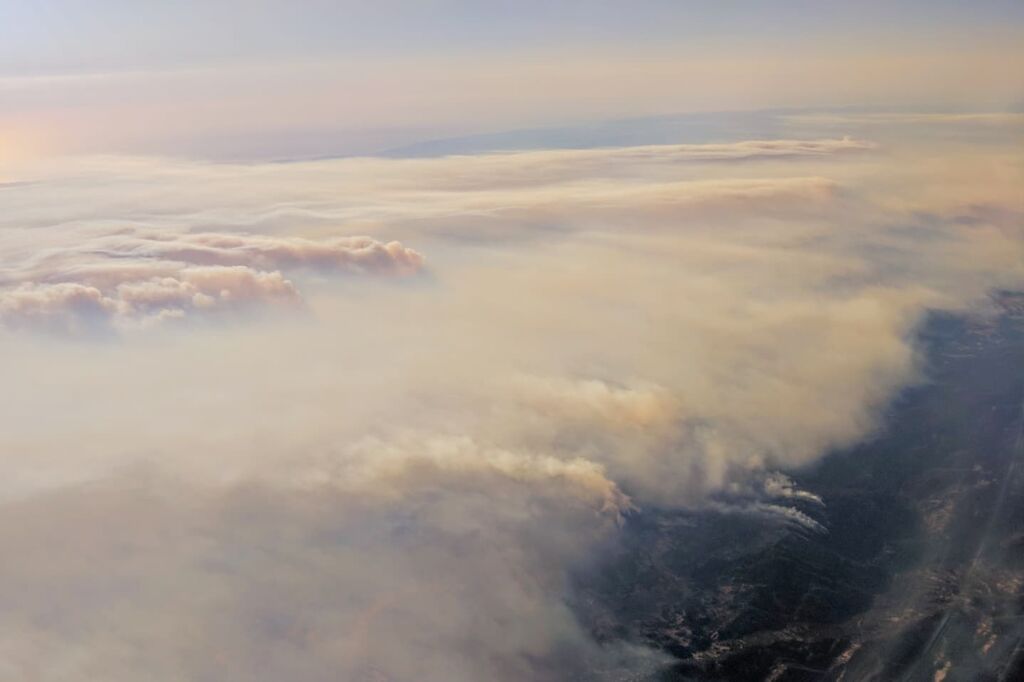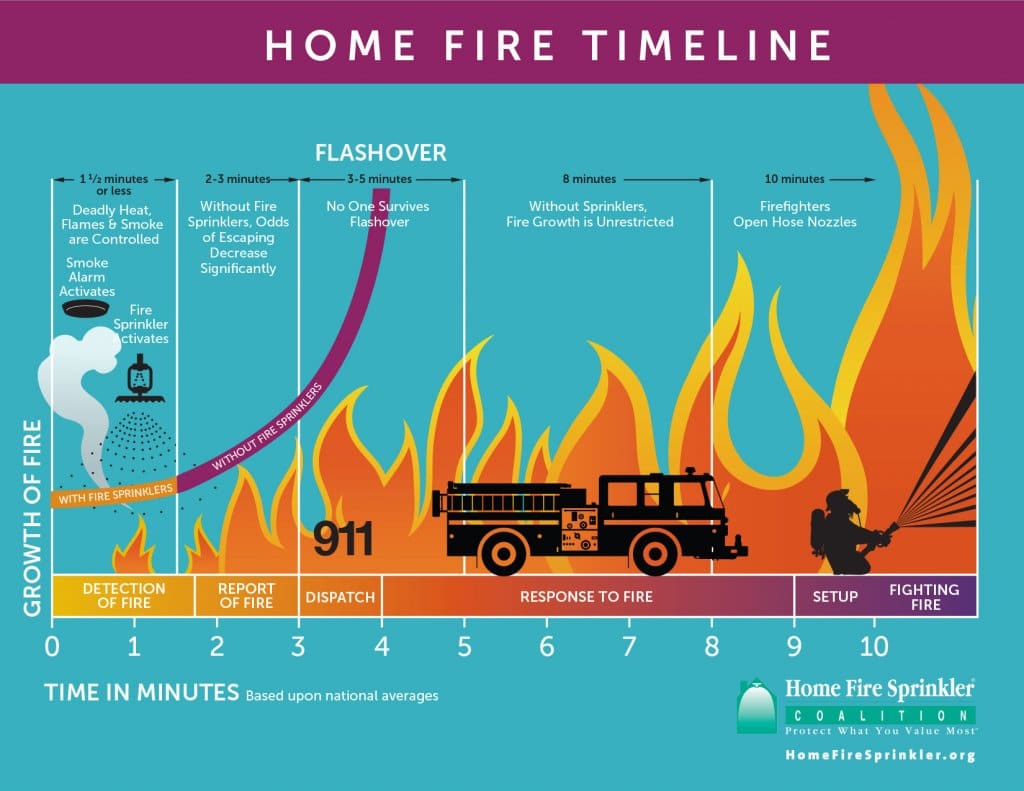Precision Fire Protection News
EMERGING TECHNOLOGY: Battered Batteries

A deadly crash in Texas highlights the fire safety challenges posed by electric vehicles
Just before midnight on April 17, a 2019 Tesla Model S careened off a Houston-area road, slammed into a tree, and burst into flames. Two men died in the crash.
While media coverage has largely focused on whether the vehicle’s autopilot system was engaged or not—responders say nobody was in the driver’s seat at the time of the accident, but Tesla CEO Elon Musk says company data shows the car’s autopilot was not engaged—the incident also serves as a reminder of the fire hazard posed by electric vehicles (EVs), as well as the need for continued research into the subject.
Teslas and other EVs run on powerful battery packs containing thousands of lithium-ion battery cells. Newer models of the Tesla Model S sports car, in particular, are powered by battery packs generating as much as 100 kilowatt-hours of energy—enough to power the average American household for about three days.
“The incident over the weekend emphasizes that we still have a lot of work to do,” said Victoria Hutchison, a research project manager with the Fire Protection Research Foundation. “There have been significant advancements in the architecture and power of modern EV battery technologies in the past few years. Updated guidance for the fire service is needed and must reflect the current state of EV battery technology.”
‘Never experienced a crash like this’
According to media reports, firefighters spent about four hours on the scene of Saturday’s crash, and it took more than 30,000 gallons of water to extinguish the flaming batteries. The largest firefighting aircraft in the world, for comparison, can only carry about 20,000 gallons of water.
“Our office has never experienced a crash scene like this,” Mark Herman, a constable for Harris County (Texas) Precinct 4, told KHOU News in Houston. “Normally, when the fire department arrives, they have a vehicle fire under control in minutes, but this went on for hours.”
Palmer Buck, fire chief of the Woodlands Fire Department, which responded to the blaze, clarified in a later interview with Car and Driver that the initial fire was put out in a matter of minutes. But smaller reignitions continued to occur and challenge firefighters. It wasn’t until they lifted the charred remains of the Model S into the air and applied water directly to the bottom—where the battery pack is located—that the flames ceased.
“It’s a continual learning exercise, and EVs have been part of that, from the very first Prius hybrids that we saw to the all-electric cars,” Buck told Car and Driver. “The good news for us is that the basic firefighting tool is to put a lot of water on it. That’s an instruction that a lot of firefighters like. That being said, this was our first experience with a large-scale runaway lithium-ion fire.”
Unlike gasoline, which can be drained from a vehicle’s tank, there are no surefire methods of removing energy from a car’s lithium-ion battery when the battery has been damaged in a crash. Because of this, energy remains trapped inside the battery and a process known as thermal runaway can occur, in which the battery essentially continuously overheats and over-pressurizes and is prone to fires, arc-flashing, off-gassing, and sometimes explosions.
“To slow or control the reaction you must remove the heat,” said Hutchison. “But because battery units in EVs are shielded, it’s challenging for the fire service to get water directly on the source to cool the batteries.” This results in longer-than-normal suppression times and reignitions after the fire appears to be suppressed. There have been multiple cases of EV fires that have been put out only to reignite later—sometimes days later, when the vehicle’s already been removed from the scene.
“The inability to detect the amount of energy stranded in the damaged battery unit coupled with the lack of guidance on how to safely remove the stranded energy presents significant challenges to the fire service when responding to EV incidents and creates uncertainty in terms of when the scene is safe,” said Hutchison.
Watch a video from NFPA about stranded energy and thermal runaway in electric vehicles.
The National Transportation Safety Board (NTSB) has announced it will investigate the recent Texas incident, making it the 28th Tesla crash the NTSB has investigated.
In January, the board published a report on EV fire safety, which concluded that manufacturer guidance and federal safety standards are lacking when it comes to emergency response to EV fires.
“While the emergency response guides from electric car manufacturers are adequate in some respects, they’re lacking in others,” NTSB board member Jennifer Homendy said in a video produced by the NTSB about the report. “For example, they contain almost no information about how to handle stranded energy. Second, federal safety standards don’t address high-speed, high-severity crashes involving cars powered by lithium-ion batteries.”
To address the gaps in safety, the report recommends that EV manufacturers like Tesla enhance their vehicles’ emergency response guides, that the National Highway Traffic Safety Administration consider the quality of those guides in their new car scores, and that organizations like NFPA continue to inform their stakeholders of the fire risk of EVs.
Since 2012, NFPA has offered training to first responders on responding to emergencies involving alternative fuel vehicles, including EVs, and Hutchison said the foundation is hopeful it will soon secure federal grant funding to launch a new research project related to EV firefighting techniques and technologies. That research could help inform future iterations of the training, she said.
Read more about the complex issue of EV crashes and fires in the January/February 2020 NFPA Journal cover story, “Stranded Energy.”
PEOPLE We Protect
Our Distributors and Suppliers
Experience
Our team started in the fire protection industry over 20 years ago. Since then we have grown into a statewide fire protection construction leader. Our team of project managers, engineers, designers, inspectors, installers, and technicians all share a passion for quality work and high standards. Precision Fire Protection understands the need to complete projects with integrity, safety, and precision!
Dedication
Our mission is to provide our customers with timely, high quality, affordable fire protection services that are guaranteed. We strive to achieve our client’s complete satisfaction. We are relentless in applying the highest ethical standards to ourselves and to our services and in communications with our customers. We aim to fulfill that mission in everything we do.
Precision
Precision Fire Protection keeps its team together, even when it's not. Just as vital as field personnel’s tools are, our project managers are equipped with the latest software to manage projects. Our project managers send dailies, RFIs, and plan revisions to the cloud so that everyone has access no matter where they are. Being connected is our way of ensuring every project goes smoothly.
Safety
Our team of multi-certified managers and supervisors are highly experienced in job safety. Our managers are OSHA certified to handle each project with care and sensitivity to every unique job site. By ensuring on-site safety on every project we work on throughout Southern California, Precision Fire Protection has developed positive relationships with our General Contractors.






